GEUMHYUNG JEONG : PRIVATE COLLECTION: UNPERFORMED OBJECTS
The exhibition held a collection of everyday objects that may seem bizarre at first sight but as I walked more through it, I kind of seen some connections between the objects. Such as the eyeballs that were displayed near a photo camera or the body parts all next to each other.
Video monitors show clips of the ‘performed objects’ not present, those modified by Jeong and activated in durational performances where they are first used in intended and routine ways before Jeong’s movements morph into erotic, obsessive, or antagonistic actions.
Organised in groups on a series of plinths, Jeong’s as yet “unperformed” items—her private collection—created intertwining nexuses of meaning, and, at their most effective, implied conceptual folds relating to function, physicality and a dichotomy between interior and exterior.
One subtle example involved an array of devices with medical connotations: A set of digital scales was placed next to a digital blood pressure monitor, next to which was an older pump-based version of the device, and a series of other pump apparatuses whose nozzles and masks are designed to attach to the human body in various ways.
In another example, the kind of pump used to inflate rubber dinghies, air beds and the like shared a plinth with a series of unused balloons and, at the opposite end, an inflatable male sex doll, folded with its face up and accompanied by the original packaging, describing “Peter” and his “huge pecker” as “perfect for: bachelorette parties / birthday parties / carpool lanes.”
Stuart Hall Library Visit
Stuart Hall Library is an archive that holds various works of various artists covering I would say almost every topic such as the historical background of all countries, architecture, cultural information of diverse countries, DVDs, zines, etc.
The outside walls show the name of the country or the continent you are interested in researching and the inside of them are categorized alphabetically.
I was personally interested in finding information about Romania, Bulgaria, and Greece as we had to work in groups and we chose to talk about similarities or differences between our cultures. I and my group found interesting information about our countries' history, architecture and chose to combine these together and see if they relate in any way or not. We've discovered that all three of them kind of work together as we're all part of Eastern Europe.
LORENA ALEXANDRA BLAGA
MAKING AND CURATING
MUSEUM OF RANDOM MEMORIES
Based in Aarhus, Denmark, the museum of random memories is a result of a group gathering.They wanted to destroy the boundaries between art, academics, and activism.Without any prior knowledge of the group-composition or possible aims for the experimental workshop they lunged into a process of devising both an interactive exhibition and an installation which explored the ‘big data’ citizens regularly produce in their everyday lives and how this data might be archived, packaged, and recycled – or even forgotten, primarily within social media.They wanted to explore what our daily routines connected to social media and sorting our data meant for the way we shape our memories, and therefore the traces of future memories.
I think this archive represents an interesting idea of how people choose to weather remember or forget a memory based on their own experiences. I find myself doing the exact thing, collecting things such as cinema tickets, napkins, train tickets, etc that remind me of nice memories.
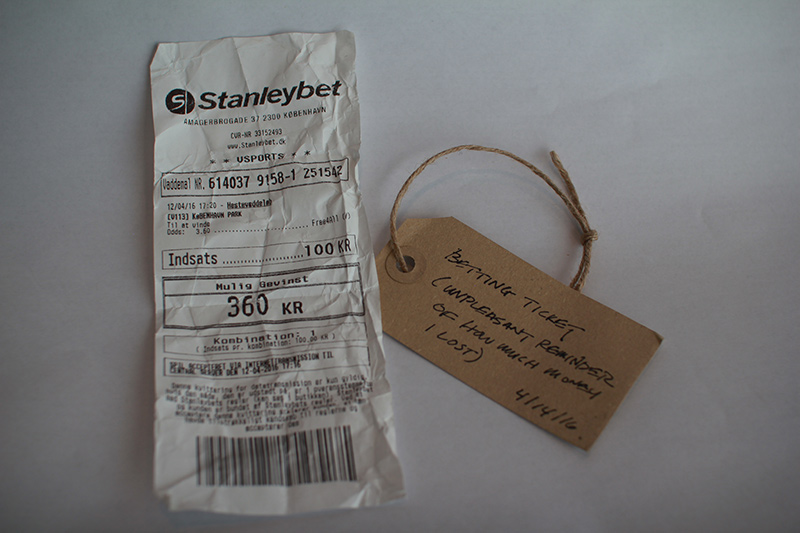
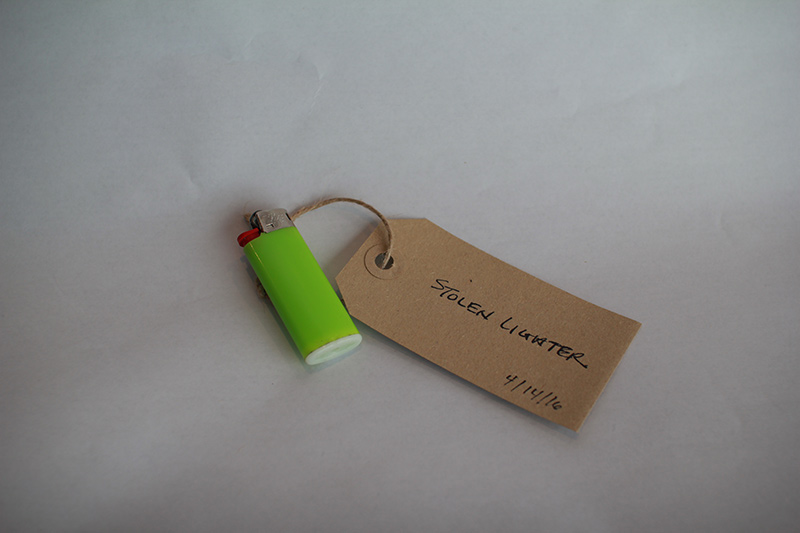
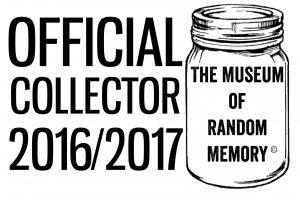
Do Artifacts Have Politics?
In his article, “Do Artifacts Have Politics?” author Langdon Winner explores the different views on the relationship between technological advances and society. He defines the differences between the theories of technological determinism- the idea that “technology develops as the sole result of an internal dynamic and then, unmediated by any other influence, molds society to fit its patterns”- and social determinism, which suggests that “technical things do not matter at all” and that “once one has done the detective work necessary to reveal the social origins-power holders behind a particular instance of technological change-one will have explained everything of importance”. Winner also suggest a theory that seems to land between the two extremes of technological and social determinism. This theory of technological politics suggests that is it necessary that we take time to seriously consider technical artifacts “rather than [reducing] everything to the interplay of social forces” and that “we pay attention to the characteristics of technical objects and the meaning of those characteristics.
The Power of Display by Mary Anne Staniszewski
Overview :
"Art historians, traditionally, have implicitly accepted the autonomy of the artwork and ignored what Mary Anne Staniszewski calls "the power of display." In this groundbreaking examination of installation design as an aesthetic medium and cultural practice, Staniszewski offers the first history of exhibitions at the most powerful and influential modern art museum--The Museum of Modern Art in New York. Focusing on over two hundred photographs of the visually rich but overlooked history of exhibitions, Staniszewski documents and deciphers an essential chapter of twentieth-century art and culture and provides a historical and theoretical framework for a primary area of contemporary aesthetic practice--installation-based art.Staniszewski treats installations as creations that manifest values, ideologies, politics, and of course aesthetics. Incorporating analysis of display techniques used in department stores, natural history museums, non-Western art galleries, and the international avant-gardes' exhibitions of the first half of the century, she makes visible both the explicit and covert meanings found in exhibitions."
In the given chapter, the author talks about creating installations for aesthetic autonomy, most specifically about Alfred Barr's exhibition technique. Alfred Barr did not select the paintings for The Museum of Modern Arts inaugural exhibitions but he did install them.
He stated that:"Hanging pictures is very difficult, I find, and take a lot of practice... I feel that I'm just entering the second stage of hanging when I can experiment with asymmetry. Heretofore I followed perfectly conventional methods, alternating light and dark, vertical and horizontal."
Beaumont Newhall was hired as the museum's librarian in 1935 and from 1940 until 1947 he worked as the director of the photography's department.
He recalls that:"The Van Gogh exhibition, like so many of Alfred shows, was more than a superb loan collection. The pictures were not hung symmetrically by size, with the largest in the middle of the wall, the next largest at the ends and the smallest in between, as in most museums at the time. No pictures were hung in a logical sequence, depending on style and period, well spaced so the did not impinge one another and with explanatory labels."
Mapping International Exhibitions by Ferguson and Greenberg
The reading talks about the historical context of the location, all the meaning behind it and what does it imply.
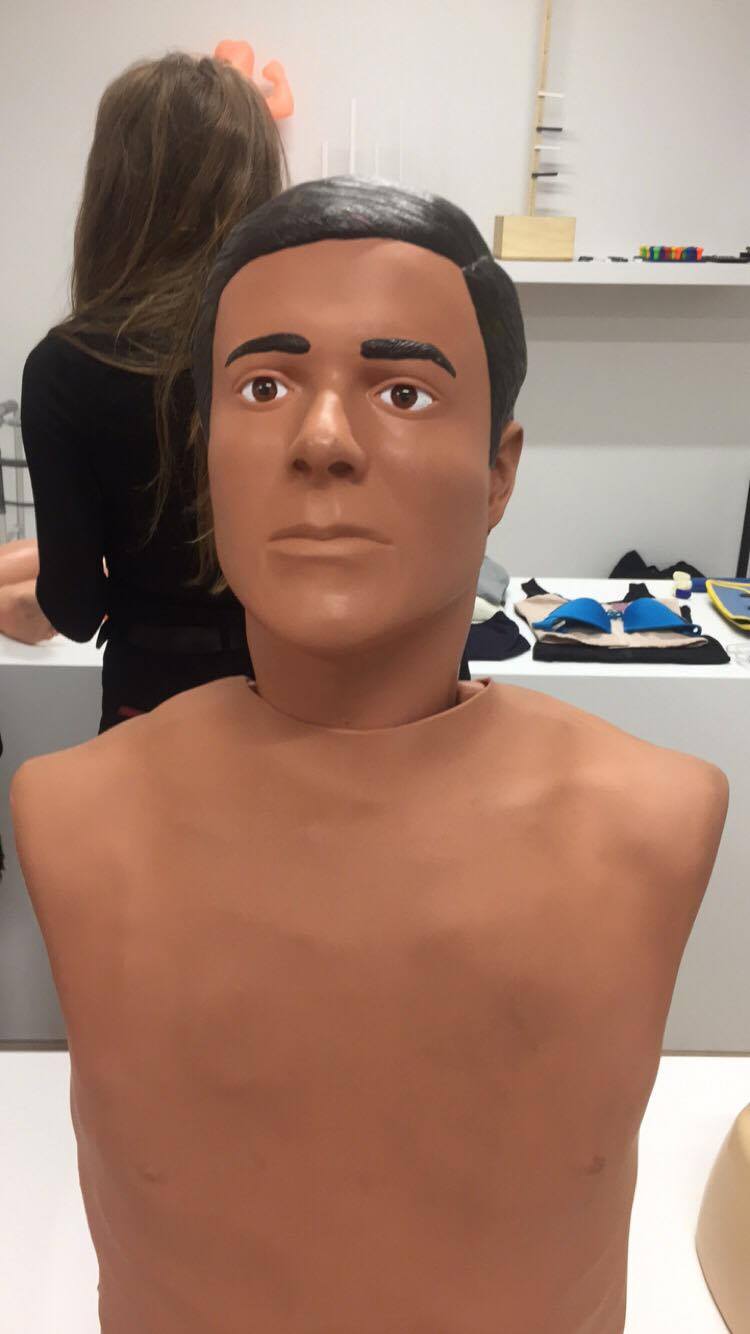
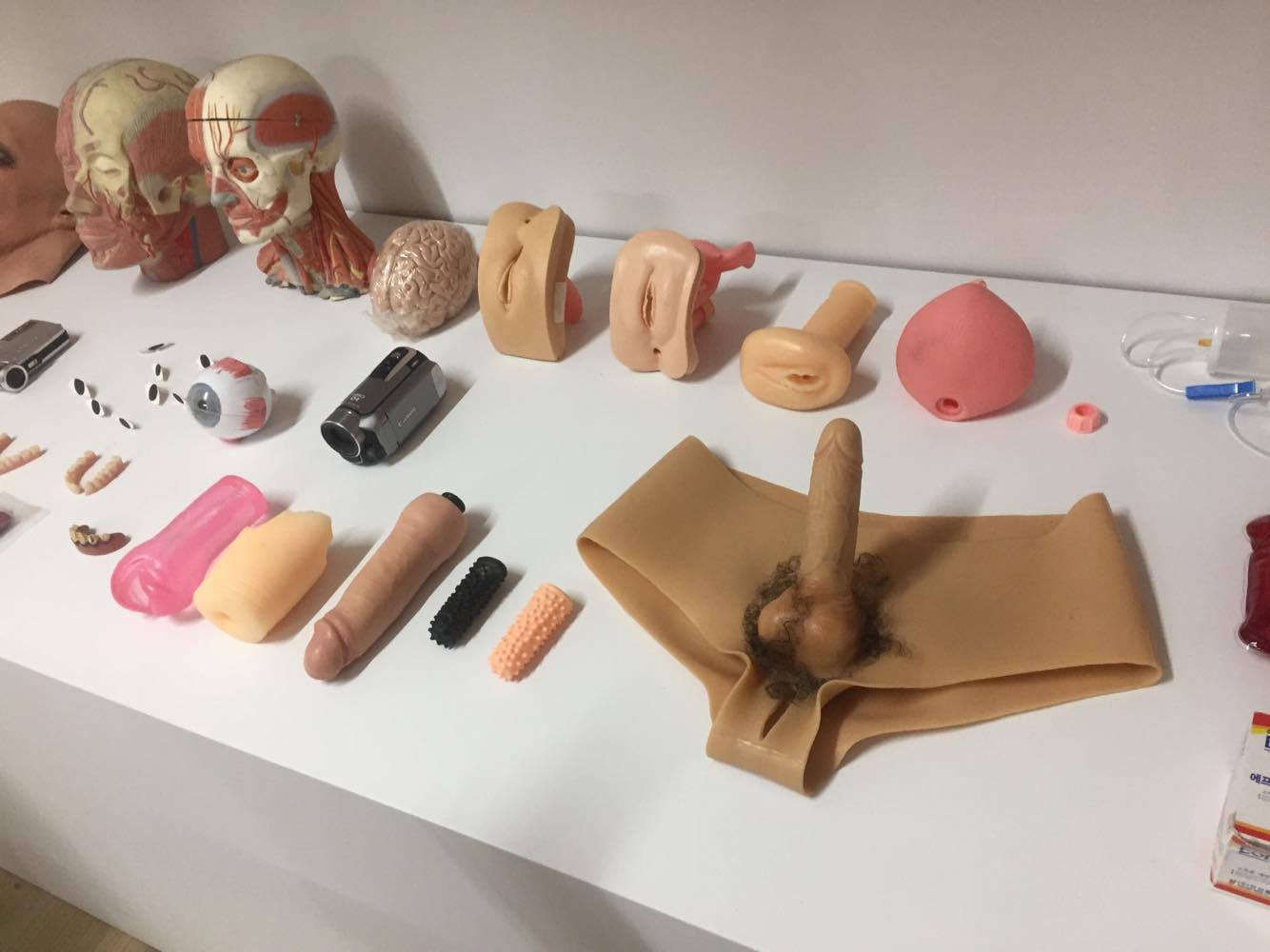
Terry Smith, “What is Contemporary Curatorial Thought?”
Book Overview:
"What is contemporary curatorial thought? Current discourse on the topic is heating up with a new cocktail of bold ideas and ethical imperatives. These include cooperative curating, especially with artists; the reimagination of museums; curating as knowledge production; the historicization of exhibition-making; and commitment to extra-artworld participatory activism. Less obvious, but increasingly of concern, are issues such as rethinking spectatorship, engaging viewers as co-curators and the challenge of curating contemporaneity itself. In these five essays, art historian and theorist Terry Smith surveys the international landscape of current thinking by curators; explores a number of exhibitions that show contemporaneity in recent, present and past art; describes the enormous growth worldwide of exhibition infrastructure and the instability that haunts it; re-examines the contribution of artist-curators and questions the rise of curators utilizing artistic strategies; and, finally, assesses a number of key tendencies in curating as responses to contemporary conditions."
-introduces you to the contemporary thinking of the curatorial practice;
-considers the issue of what it means to curate "the contemporary;
-a long-needed overview of the professionals who-- even more than artists, dealers and collectors, and way more than critics-- run the art world today
‘To Be Continued: Periodic Exhibitions (Documenta, For Example)’ by Walter Grasskamp
In this text, it is explained Walter Grasskamp's experience with Documenta.
Documenta = an exhibition of contemporary art which takes place every five years in Kassel, Germany. It was founded by artist, teacher and curator Arnold Bode in 1955 as part of the Bundesgartenschau (Federal Horticultural Show) which took place in Kassel at that time, and was an attempt to bring Germany up to speed with modern art, both banishing and repressing the cultural darkness of Nazism.This first documenta featured many artists who are generally considered to have had a significant influence on modern art (such as Picasso and Kandinsky). The more recent documentas feature art from all continents; nonetheless, most of it is site-specific.
"The archive in Kassel turned out to be quite a respectable library, consisting of catalogues and books on modern and contemporary art, most of them debris from the previous six exhibitions sent in by gallerists and artists, or bought for, and left behind by, the various exhibition committees."
"There was then a gap between the historical and the contemporary, of between approximately five and fifty years. In this gap, much material and information was lost or very difficult to find before archives began to be interested or jubilees dawned."
Choice of archive - Museum of random memories
I chose to work with this archive because ever since I looked it up I found it interesting and I would say it really suits me. As it can be seen in the image above, they created this project about forgetting or remembering different memories.
I got in touch with them and asked them if I can get more access to what they hold and see the reasons behind people's choice of either forgetting or remembering something.
My research question is: "Is there any major reason behind people's choice or it depends on the person and their own experience?"
As an artistic response I want to look at people's choice and create charts of how they made their decisions, how many of them want to forget and why, how many of them want to remember and why and then possibly create my own "collection" of memories and see if I can connect to the ones people sent and how.
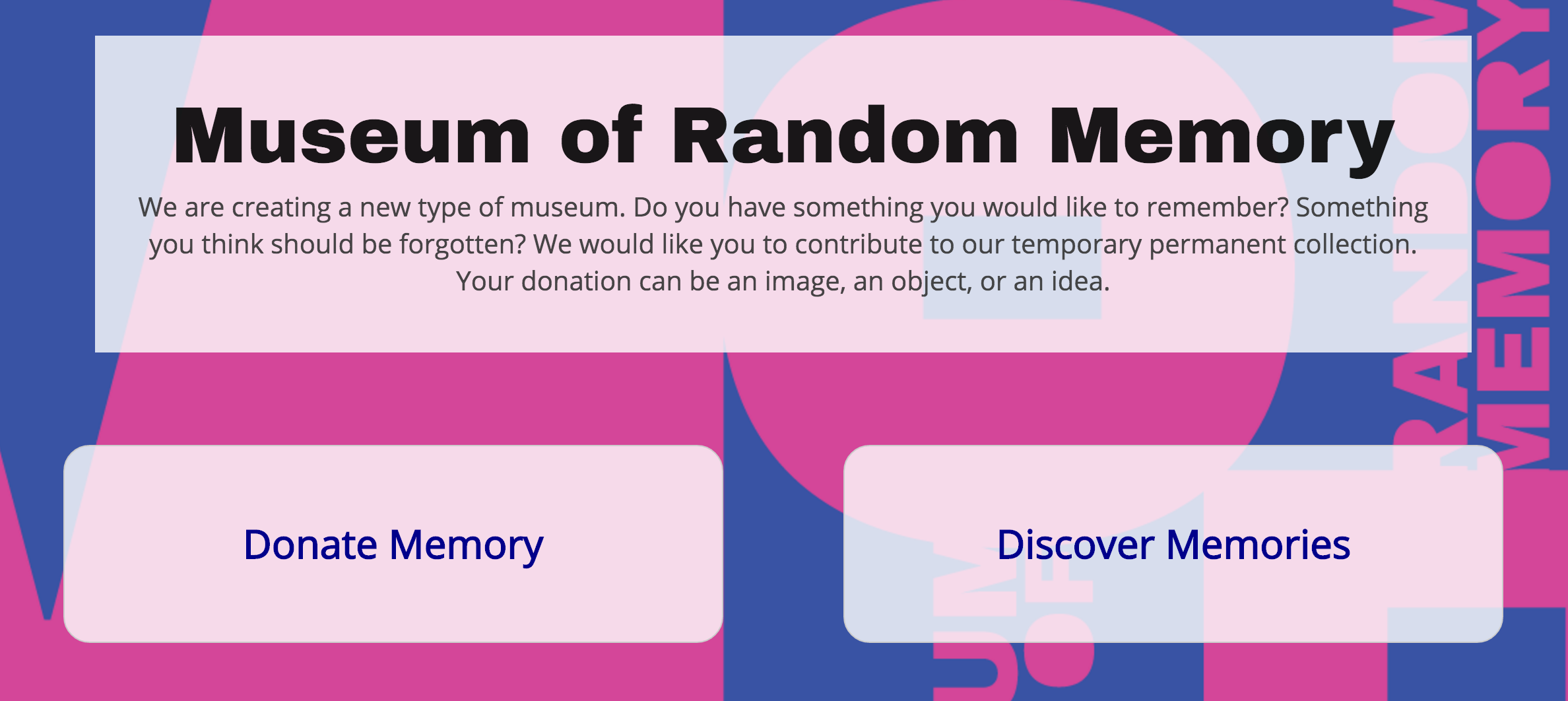
MODES OF PRESENTATION
1- Exhibition- collect different memories that people sent and discuss them as they are and see the reason behind their choice;
2- Post on different social media platforms regarding this museum and spreading the word about it;
3. Exhibit my own collection of memories in connections to the one the archive holds.
4. Create "a puzzle of memories".
‘Art as Anthropology" Roger Sansi
Overview: "In recent decades, the dialogue between art and anthropology has been both intense and controversial. Art, Anthropology and the Gift provides a much-needed and comprehensive overview of this dialogue, whilst also exploring the reciprocal nature of the two subjects through practice, theory and politics. "
The chapter focuses on how some forms of art have engaged with some of the ideas or/ and questions that anthropology has also been interested in.
"James Clifford defined the paradoxical relation between surrealism and anthropology in his book The Predicament of Culture (1998)."
"Notions of the found object, objective chance, the dialectical image, and montage show that the surrealist process does not operate just by producing a collage of images, of superposing different objects, different cultures, to develop a critical perspective on both; much further than that, surrealism stresses the dynamic dimensions of encounter, the convulsions, the transformations that this encounter between people and the things produces."
Relational Aesthetics’ by Nicolas Bourriaud: what is relational aesthetics?
The French curator Nicholas Bourriaud published a book called Relational Aesthetics in 1998 in which he defined the term as:
"A set of artistic practices which take as their theoretical and practical point of departure the whole of human relations and their social context, rather than an independent and private space."
"The space of current relations is thus the space most severely affected by general reification. The relationship between people, as symbolised by goods or replaced by them, and signposted by logos, has to take on extreme and clandestine forms, if it is to 'dodge the empire of predictability."
-Alternative Art and Anthropology: Global Encounters edited by Arnd Schneider, ‘Ethnography, ‘pataphysics, copying’ by X. Andrade
Overview: "While the importance of the relationship between anthropology and contemporary art has long been recognized, the discussion has tended to be among scholars from North America, Europe, and Australia; until now, scholarship and experiences from other regions have been largely absent from the mainstream debate. Alternative Art and Anthropology: Global Encounters rectifies this by offering a ground-breaking new approach to the subject. Entirely dedicated to perspectives from Asia, Latin America, and Africa, the book advances our understanding of the connections between anthropology and contemporary art on a global scale."
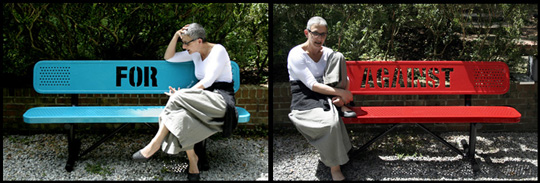
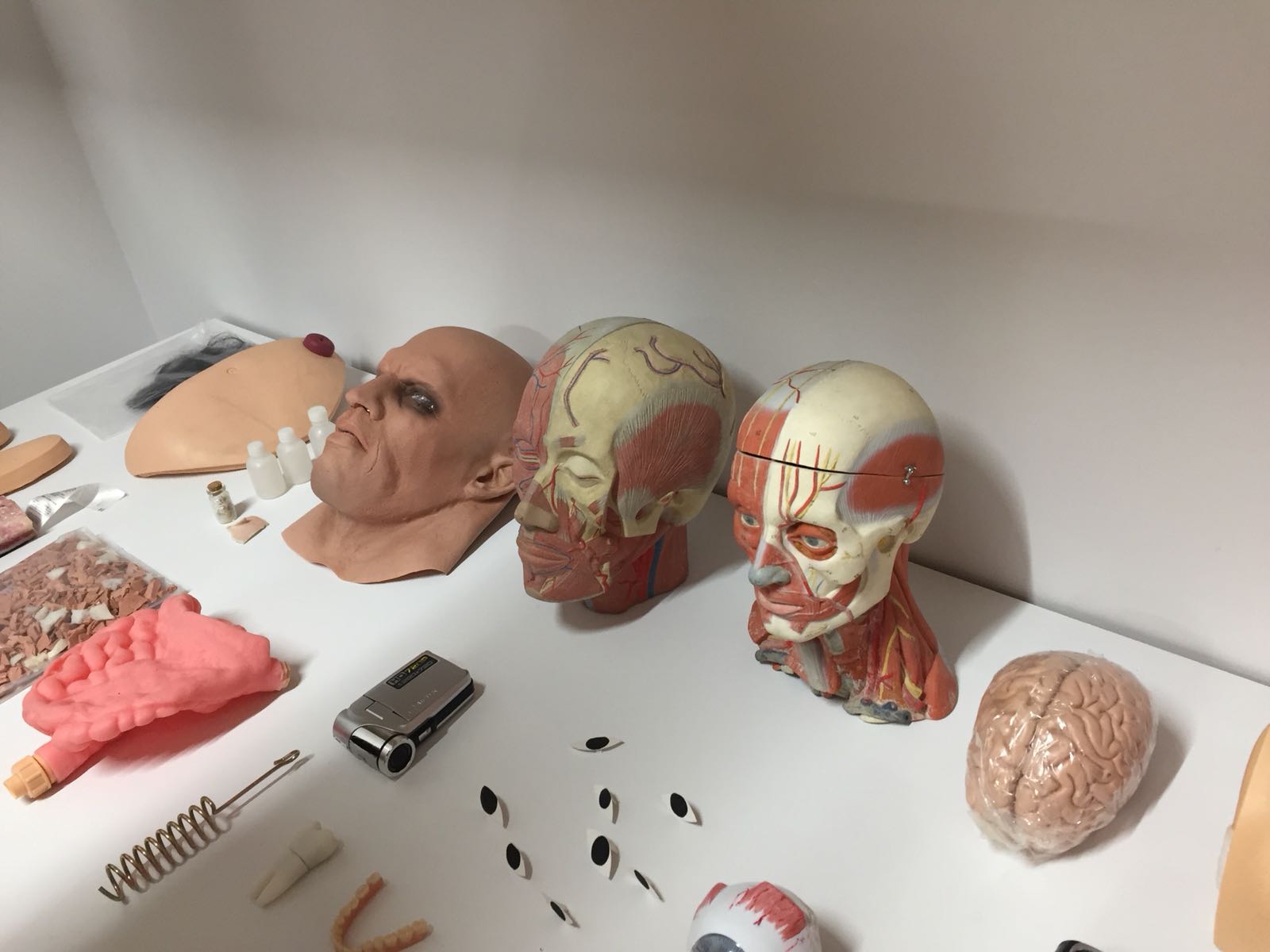
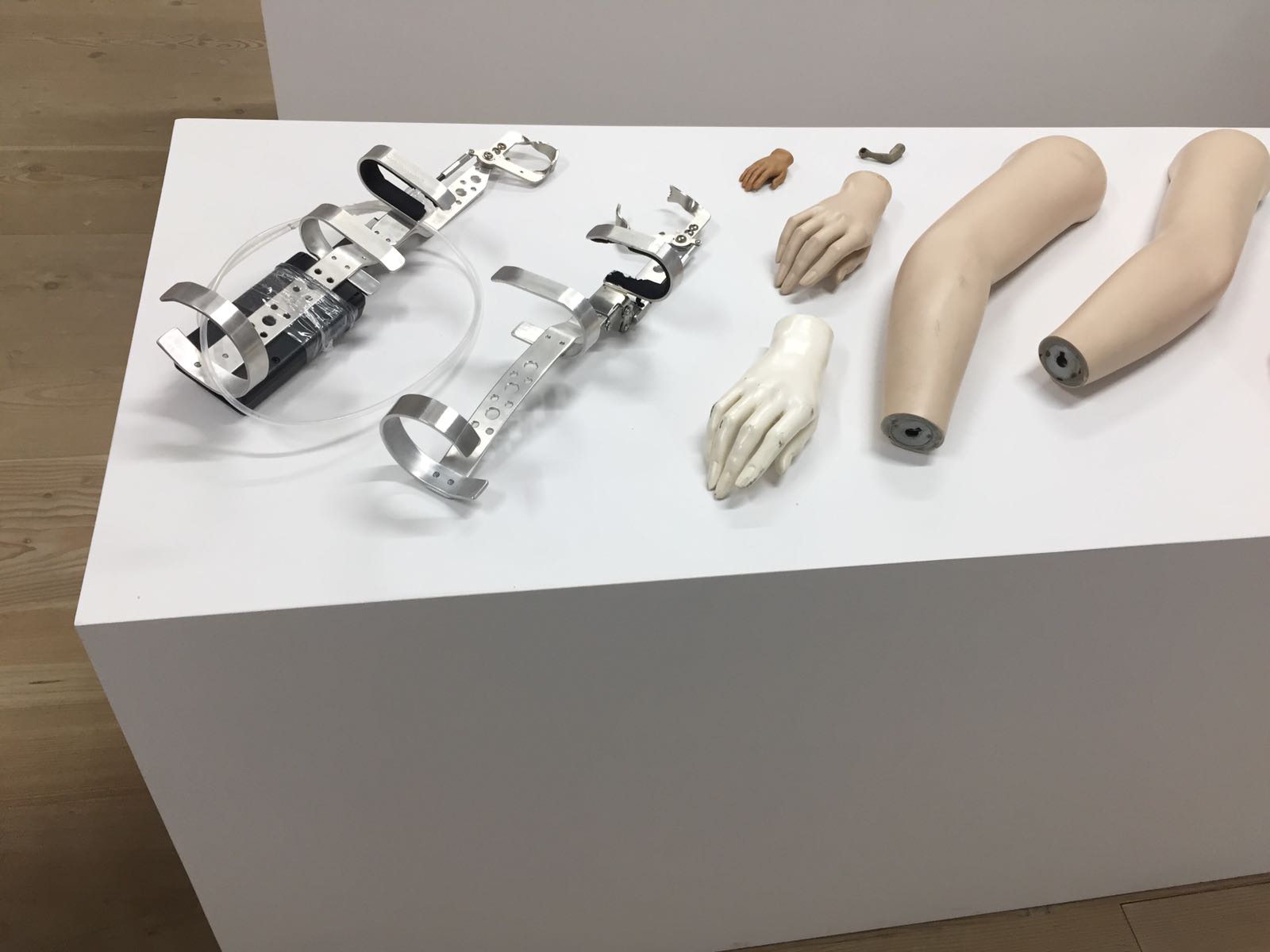

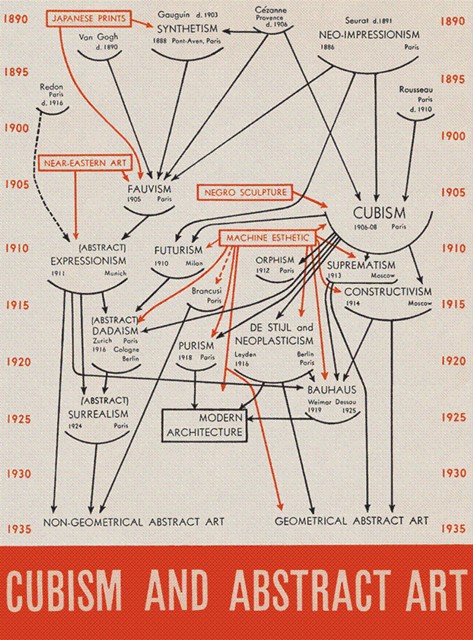
As John Tagg stated in 1979 "every exhibition is a map".
That implies that an exhibition 'defines and describes a certain terrain, marking out its salient features and significant points, omitting and simplifying others, but it also depicts the ground according to a method of projection: a set of conventions and rules under which the map is constructed."
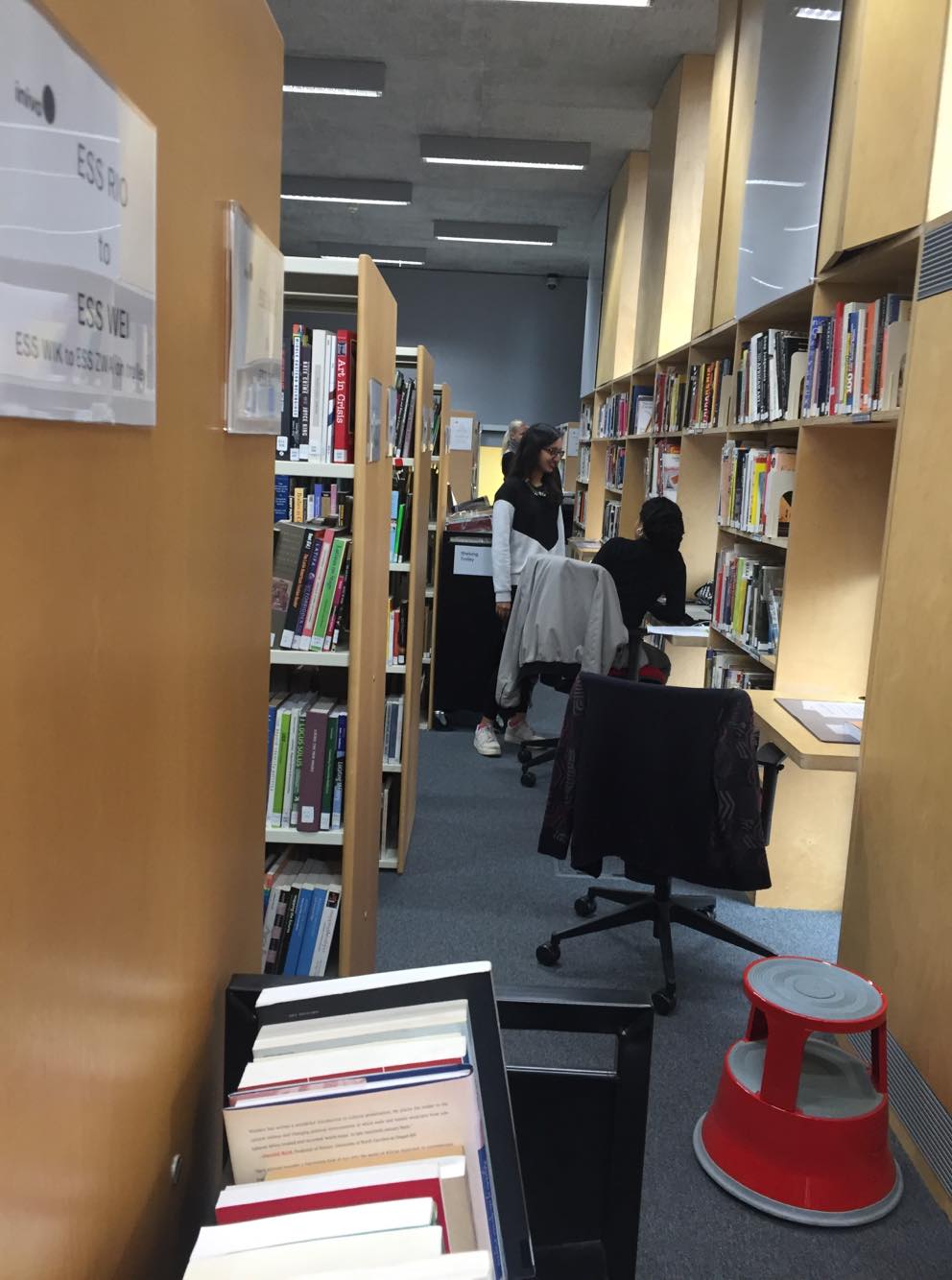
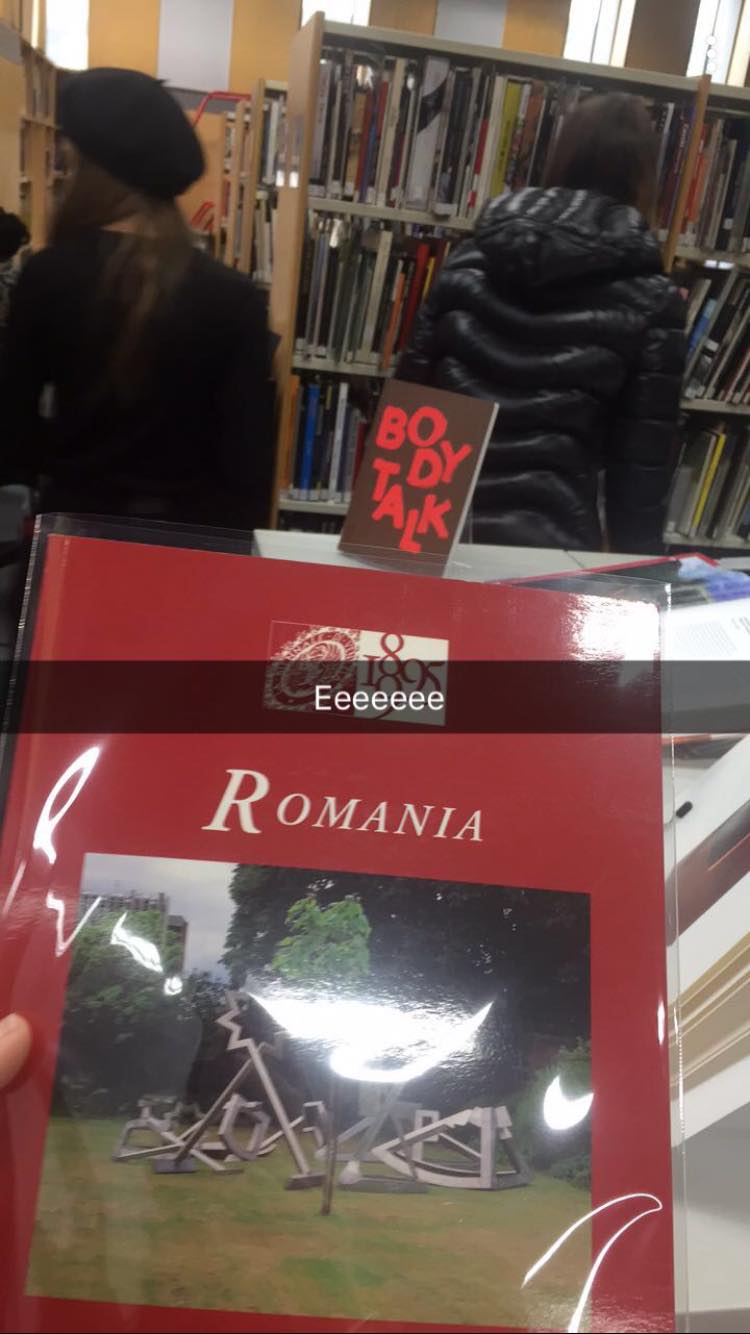
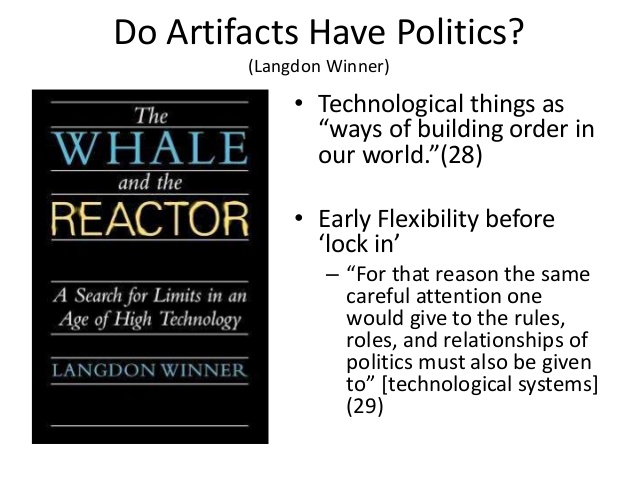
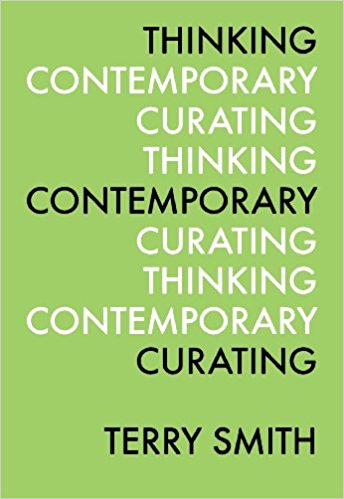
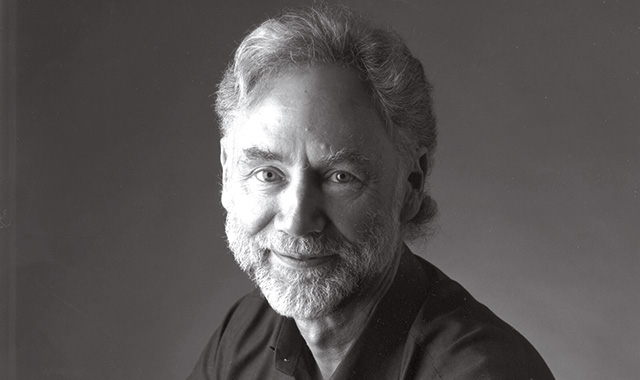
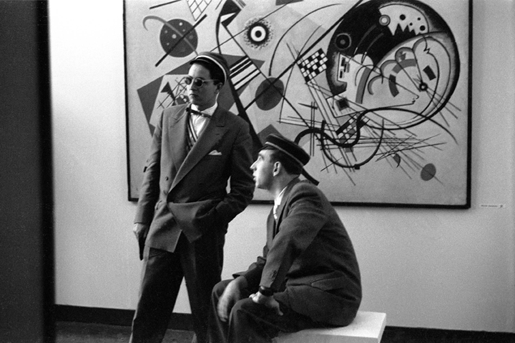
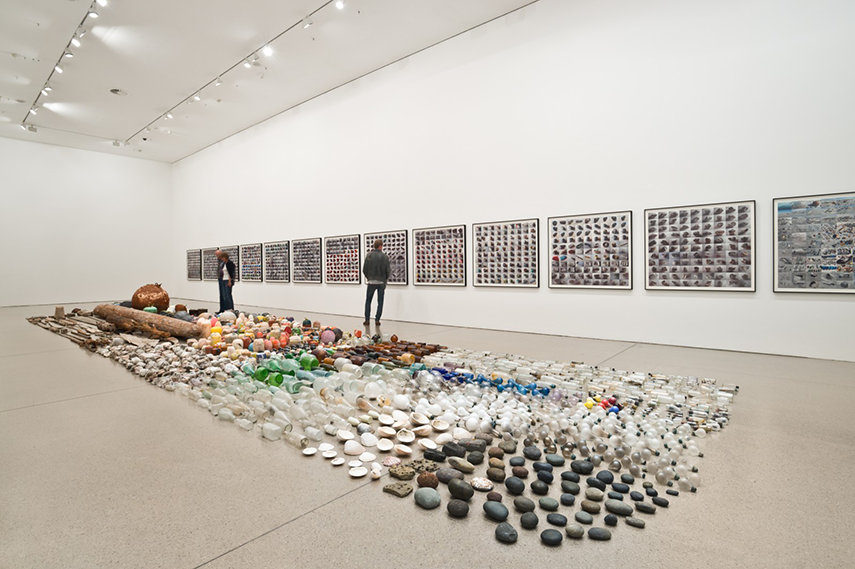
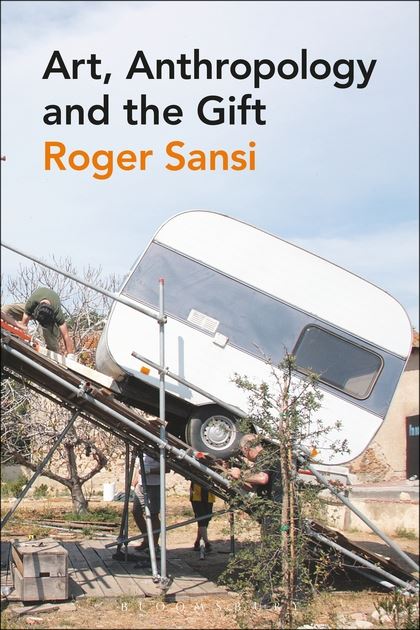
How to research: Workshop with Elena Papadaki
26th of October 2017
This research workshop was an interesting one as we were never paired up in groups or ever worked together for this module so it was a different approach which, I would say, helped me become more confident.
We were given 3 main topics which we had to choose from so me and my group chose colour. We focused on yellow as we thought it would be interesting to see what it its meaning, see the relations between yellow and other fields such as art, psychology, religion, etc.
I was personally focusing on yellow in artworks and I was surprised to find out that some of the most famous painting are mainly made of yellow. The examples are below:
WORKPLAN
Back in November I got in touch with the Museum of Random Memories's Professor Annette Markham and asked her if the website has all the pictures people sent to see if there is more to the archive or not. She replied and said that there is more than it is visible on the site.
Whilst thinking about my research project and what I want to do with it I found loads of books that might help me get a better sense of what curating is all about.
Regarding my research question, I found that most of the people want to remember their memory rather than forget it.
Out of 13 memories I have looked at, 11 of them wanted to remember it and only 2 of them decided they want to forget their memory.
The main reason behind their choice of remembering is the feeling of happiness. For those that chose to forget it is because of the opposite feeling.
For example, this person here wants to forget their memory because of "hard times".
And this one wants to remember
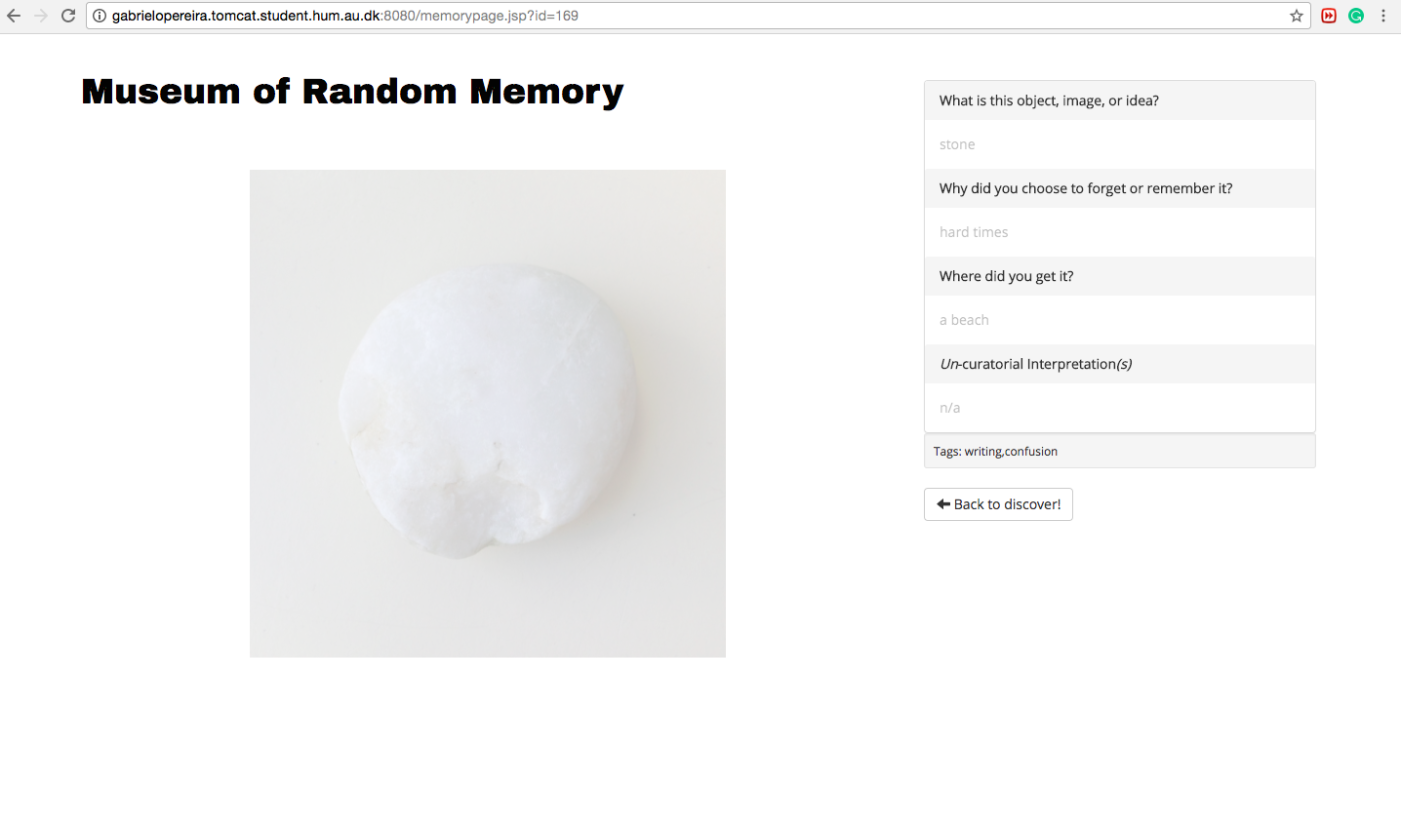
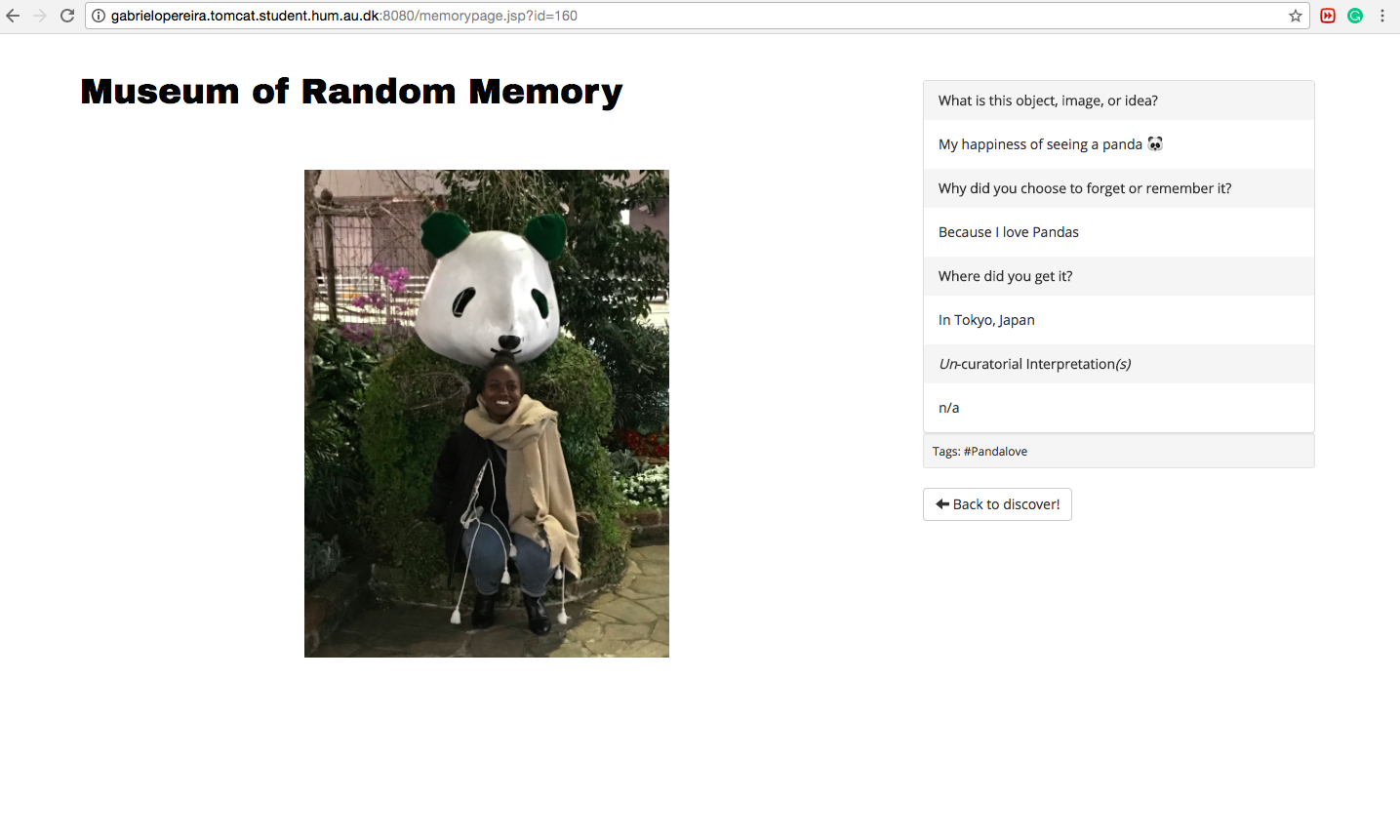
D-FUTURE Workshop
"The research project Future Practices: Spaces of Digital Creation and Social Innovation (D-FUTURE) focuses on the study of social innovation processes rooted in creative, artistic and technological experimentation with and through digital media."
This workshop was made in collaboration with the Museum of Random Memories. It was held in May 2017 in Barcelona. This was the museum of random memories's programme during the Workshop.
PROGRAMME
15:00 – 16:30 – The Museum of Random Memory
Conducted by MoRM: Museum of Random Memory/futuremaking.space
“Do you have something you would like to remember? Something you think should be forgotten? We would like you to contribute to our temporary permanent collection.”
What is a memory?
What is it good for?
How do we remember?
How do we forget?
These are a few of the questions that are asked by the participants and creators of the Museum of Random Memory, an ongoing practice-based research project. The project and the work of the project (the creation of the archive and the museum itself) represent a deliberate attempt to directly engage difficult questions of ownership, archive, preservation, and mediation. What does it mean to take ownership of a memory? What can we do with it? What should we do with it? What do we do with it? How do we proceed and where do the lines of the analog and the digital collide with the lines of public, private, hidden and revealed? How do you build (and destroy) a museum in days? What is gained and what is lost?
Further readings:
1.Gazzaley, A., & Rosen, L. D. (2016). The distracted mind: ancient brains in a high-tech world. Cambridge, Mass.: The MIT Press.
2.Merleau-Ponty, M. (2012). Phenomenology of Perception (D. A. Landes, Trans.). London and New York: Routledge.
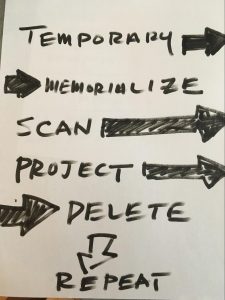

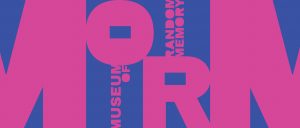
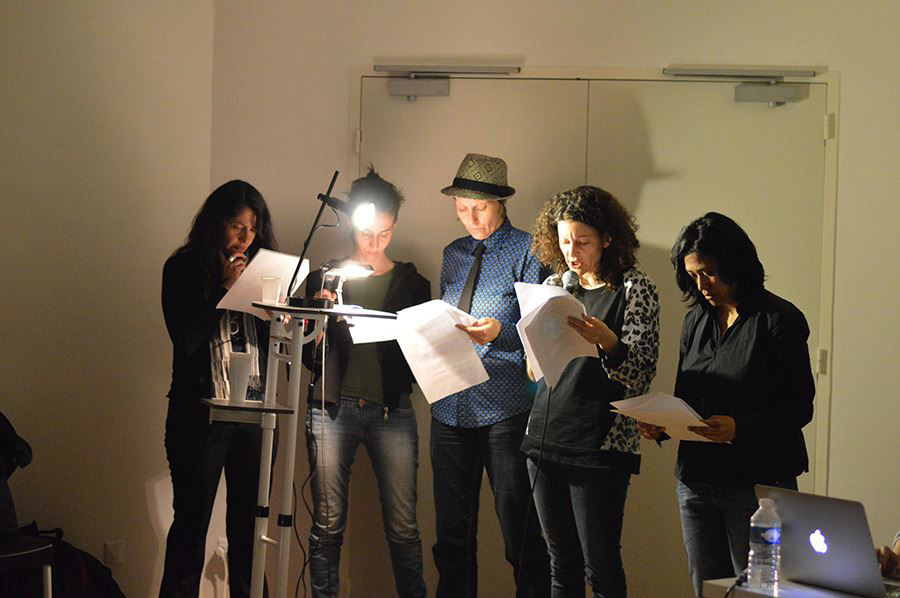
WORKPLAN:
22nd of November 2017: Decided that I wanted to work with Museum of Random Memories's archive.
23rd of November 2017: Posted on my Facebook profile about it in order to inform people about it and get them to "donate" a memory.
24th of November 2017: Contacted the Museum via e-mail and got their response but nothing further at this moment.
25th-29th of November 2017: I did research on the Museum and how it all started.
1st of December 2017: Started to think about possible research ideas and came up with one: Is there a main reason behind people's choice of either forgetting or remembering a memory or does it depend on everyone's experience?
2nd of December 2017-2nd of January 2018: Did research, looked at people's memories, analysed them, thought of ways of putting everything together.
8th of January 2018-12th January 2018- Started to think of how the presentation is going to look like, planned it
12th of January 2018-18th of January 2018- Worked on my presentation, finalised it;
18th of January-24th of January-Practised it, rehearsed;
25th of January 2018- PRESENTATION AND FEEDBACK
26th of January 2018- Think of ways of creating the images I want to;
27th of January 2018: Contact the archive again and wait for their response;
28th of January 2018: Sketch ideas- how do I want it to look like?
30th of January 2018: Look more into what other museums have to show or say about memory and link the information with what I already have.
1st of February 2018: Ask friends and family to donate some memories.
2nd of February 2018-2nd of March 2018: Collect an everyday object each day and write about what it reminds me of and why do I want to remember the day or forget it.
3rd of March 2018-31st of March 2018: Analyse the pictures and link them together. Create a collage; charts, etc.
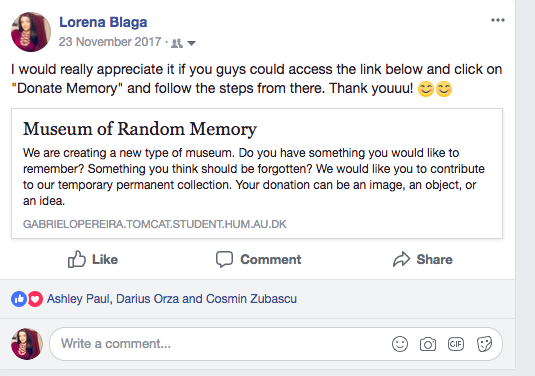
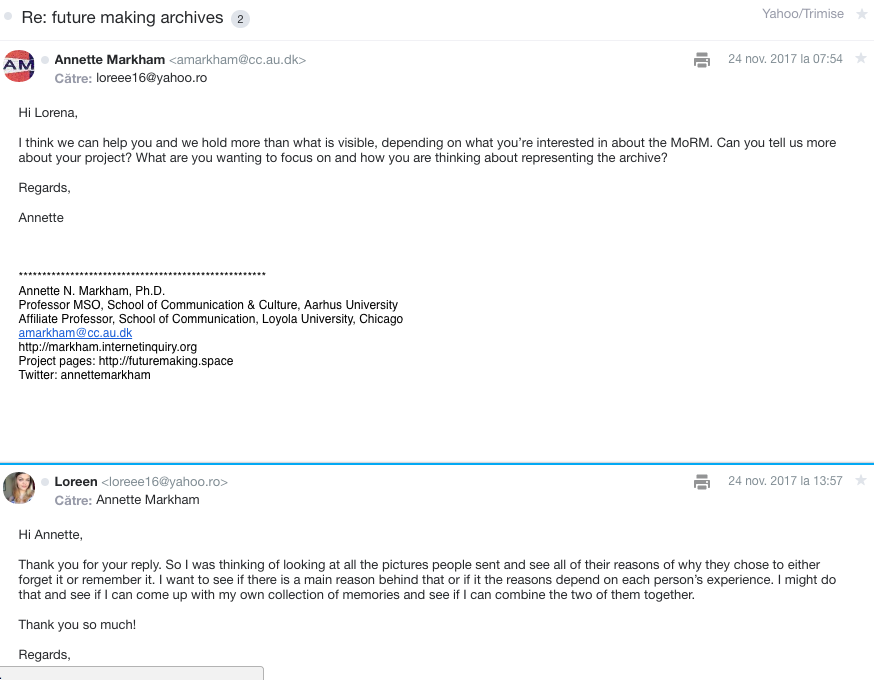
MAKING OR CURATING?
In my opinion, I think there is a little bit of both as I curate the images that are already on the website but I am actually creating my own representation of it.
For a month, I want to collect an object each day that reminds me of something that happened that day. After that, I want to analyse them and see if I can find connections between my pictures and the ones people sent over the time.
I want to create a "puzzle of memories" and exhibit it or create a video or collage and post it on social media.
Other research question ideas:
1.If you could keep only one memory based on an everyday object, what would it be and why?
*collect people's memories and create an exhibition*
2. Ask people what are their best and worst memory and why and analyse their response.
3.Why do people choose to forget something bad and remember something good? * found this article that might help me with this -http://www.thememoryinstitute.com/how-we-remember-and-why-we-forget.html*
4. Are there some memories they would like to forget completely and why?
Findings:
-other memory-related exhibitions
*Sky Arts Ignition- Memory Palace* - took place in 2013
*The False Memory Archive* -took place in 2014
*Conflicted Memory by Alan Cristea* -took place in 2013
List of references:
1.http://gabrielopereira.tomcat.student.hum.au.dk:8080/discover.html
2.https://futuremaking.space/creating-future-memories/museum-of-random-memory-and-future-memories/
3.http://www.vam.ac.uk/content/exhibitions/exhibition-sky-arts-ignition-memory-palace/about-the-exhibition/
4.https://www.alancristea.com/exhibition-112-Conflicted-Memory
5.https://www.freud.org.uk/exhibitions/75481/the-false-memory-archive-/
6.http://www.thememoryinstitute.com/how-we-remember-and-why-we-forget.html
7.http://mediaccions.net/d-future/about-1-2/
8.https://www.amazon.co.uk/Curating-Interviews-Ten-International-Curators/dp/1935202006
9.https://www.amazon.co.uk/Ways-Curating-Hans-Ulrich-Obrist/dp/0241950961
10.https://www.amazon.co.uk/Fundamental-Questions-Curating-Jens-Hoffmann/dp/8867490532
11.https://mediatechsociety2012.files.wordpress.com/2012/10/10-2-bench-2.jpg
12.https://image.slidesharecdn.com/week10-151027135629-lva1-app6892/95/week-101-clean-11-638.jpg?cb=1445954243
13. http://www.terryesmith.net/web/wp-content/uploads/2010/01/terrysmith_image.gif
14.http://www.terryesmith.net/web/wp-content/uploads/2012/09/TCC_cover_final.jpg
15.http://www.tate.org.uk/research/publications/tate-papers/12/to-be-continued-periodic-exhibitions-documenta-for-example
16.http://www.theartstory.org/images20/photo/photo_abstract_expressionism_1.jpg
POP UP SHOW: WITH ELENA
We started this project with the idea of a psycogeographic map and we sketched a plan of how it should look like as it can be seen in the first image. We had other measurements before realising that it would look better on an A0 board. We used 6x A2 papers to create the map, we drew the river Thames and some of the most famous locations of London along with it. Finally, we attached a paper with the meanings of the colours that people would use in order to respond to our map. Our inspiration was the Theory of Derive and a TED talk done in Berlin by Daniele Quercia called Happy Maps.
Artistic statements ( from the lecture) :
1.Andy Warhol, Marilyn Monroe, silkscreen print
“I long for the old days of Marilyn Monroe and Audrey Hepburn, stars who had real glamour and mystique. We only knew so much about their lives; the rest was a mystery… My fascination with letting images repeat and repeat – or in film’s case ‘run on’ – manifests my belief that we spend much of our lives seeing without observing.”
2.Edward Hopper, Automat, oil on canvas, 28″ x 36″.
“It’s to paint directly on the canvas without any funny business, as it were, and I use almost pure turpentine to start with, adding oil as I go along until the medium becomes pure oil. I use as little oil as I can possibly help, and that’s my method.”
He also said, “If I could say it in words there would be no reason to paint.”
3.Painting by Berthe Morisot
“It is important to express oneself… provided the feelings are real and are taken from your own experience… My ambition is limited to capturing something transient and yet, this ambition is excessive.”
4.Henri Matisse, Harmony in Red, oil painting, 70″ x 86″.
“I don’t paint things; I paint only the differences between things… I do not literally paint that table, but the emotion it produces upon me. What I dream of is an art of balance, of purity and serenity devoid of troubling or depressing subject matter – a soothing, calming influence on the mind, rather like a good armchair which provides relaxation from physical fatigue.”
5.Leonardo da Vinci, Salvator Mundi. wikipedia
“The beginnings and ends of shadow lie between the light and darkness and may be infinitely diminished and infinitely increased. Shadow is the means by which bodies display their form. The forms of bodies could not be understood in detail but for shadow.”
He also said “Where the spirit does not work with the hand, there is no art.”
I lke these artistic statements as they are short and they attract people's attention since the beginning of the first sentence.
RESEARCH
Theory of Derive by Guy Debord:
Guy Debord defines a derive as a technique of rapid passage through varied ambiences. What makes derivation different from a stroll is its playful/constructive aspect and an awareness of psychogeographical effects.
People can derive as individuals or as small groups. They leave behind their relations, work, and any other activities, and let themselves be drawn by whatever catches their interest and then experience the encounters they find there.
It is best done in an urban area where one can easily pass from one distinct neighborhood to another. The country is not ideal for derives at all, because there is less opportunity for chance encounters or variation in the environment. Regions in a city are not necessarily demarcated on a map. The “good” and “bad” parts of town or the “chic” or “artistic” areas are not recognized by boundary lines, but the psychogeography of how people perceive them. Perceived zones can shift without a map ever changing. Activities on a derive can include talking to strangers, walking or exploring prohibited areas, and hitchhiking nonstop throughout a city.
The average duration of a derive is one day—the period of time between sleep. It is not a required amount of time, just a statistical average. Many derives are limited for a few hours or moments, others last a few months—a series of derives day after day. Debord does not recommend these longer derives, however. The shorter ones are more beneficial.
An example of mapping of atmospheric unities of a city on the basis of ideas of the international Lettrist and Situationist movement. The map of Paris has been cut up in different areas that are experienced by some people as distinct unties (neighbourhoods). The mentally felt distance between these areas are visualized by spreading out the pieces of the cut up map. By wandering, letting onself float or drift (dériver is the French word used) each person can discover his or her own ambient unities of a specific city. The red arrows indicate the most frequent used crossings between the islands of the urban archipel (seperated by flows of motorized traffic).
Guy Debord, 1955 (?) "Psychogeographic guide of Paris: edited by the Bauhaus Imaginiste Printed in Denmark by Permild & Rosengreen - Discourse on the passions of love: psychogeographic descents of drifting and localisation of ambient unities"
How it inspired our project:
We wanted to show that despite the fact that it is such a big city, that is a home to so many people maybe there are things that relate to a lot of them. We would want to examine the results of the interactive map - do various locations have a lot of the same colour pins, meaning that they bring up the same emotion to a lot of people?
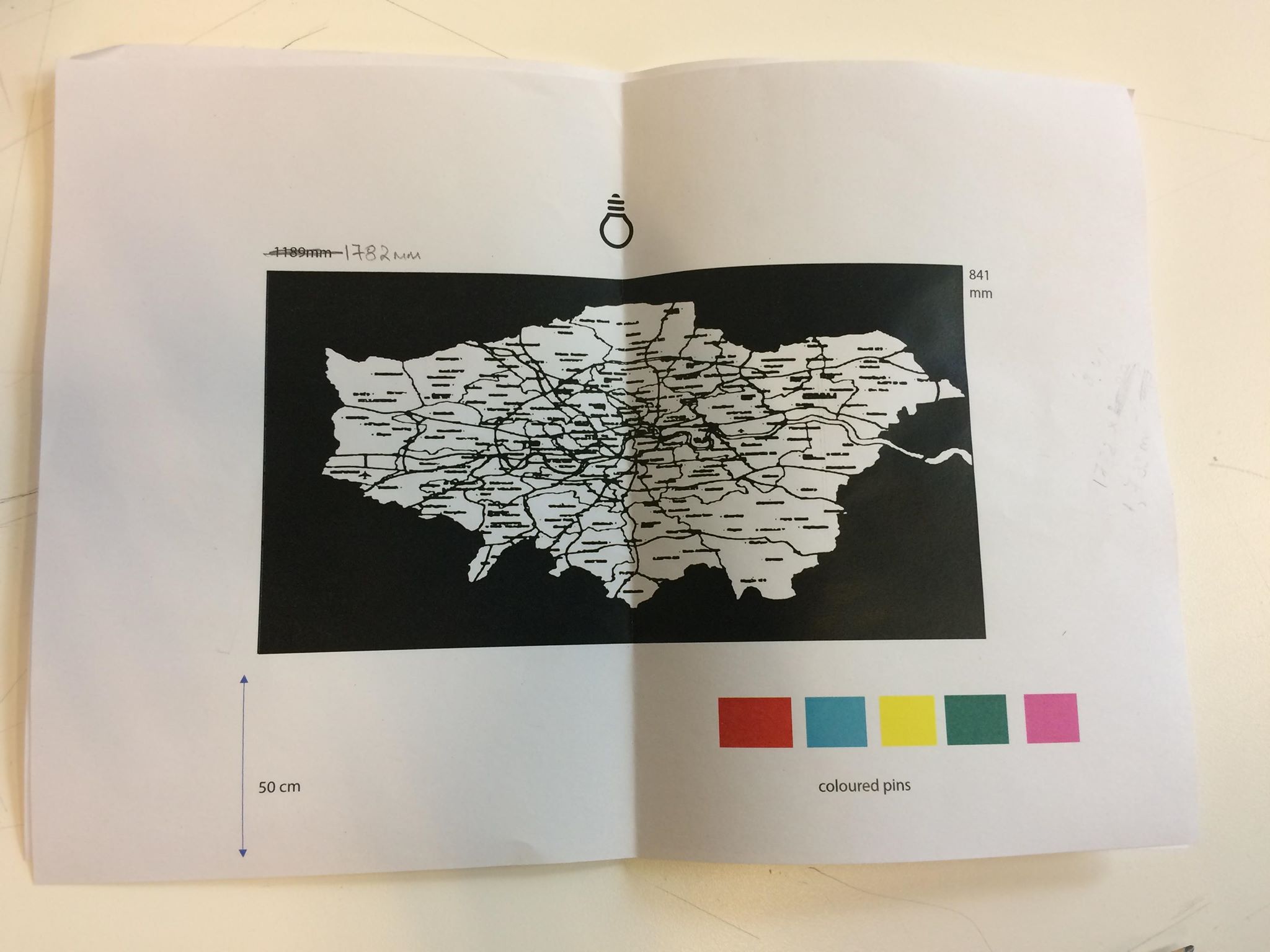
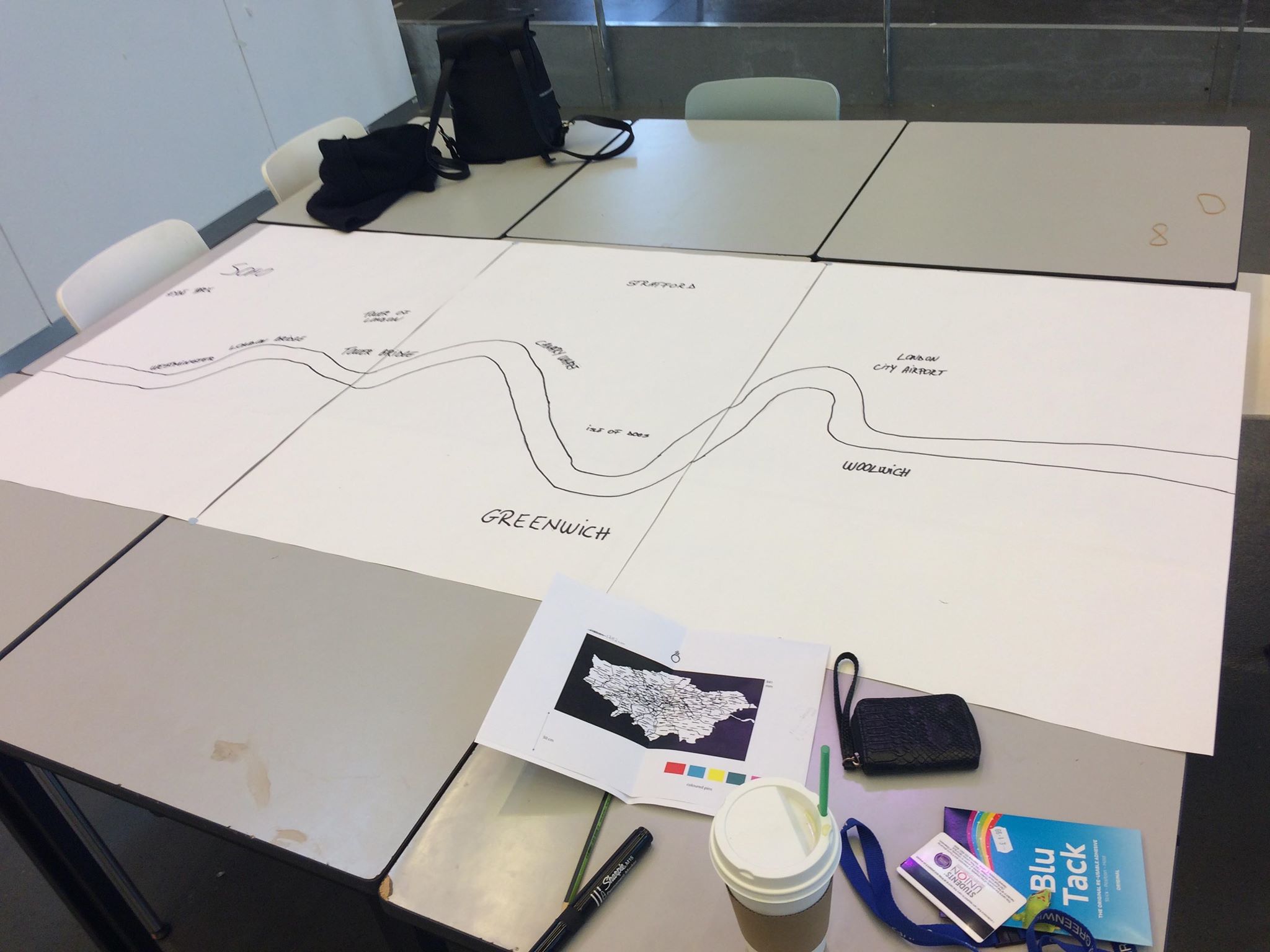
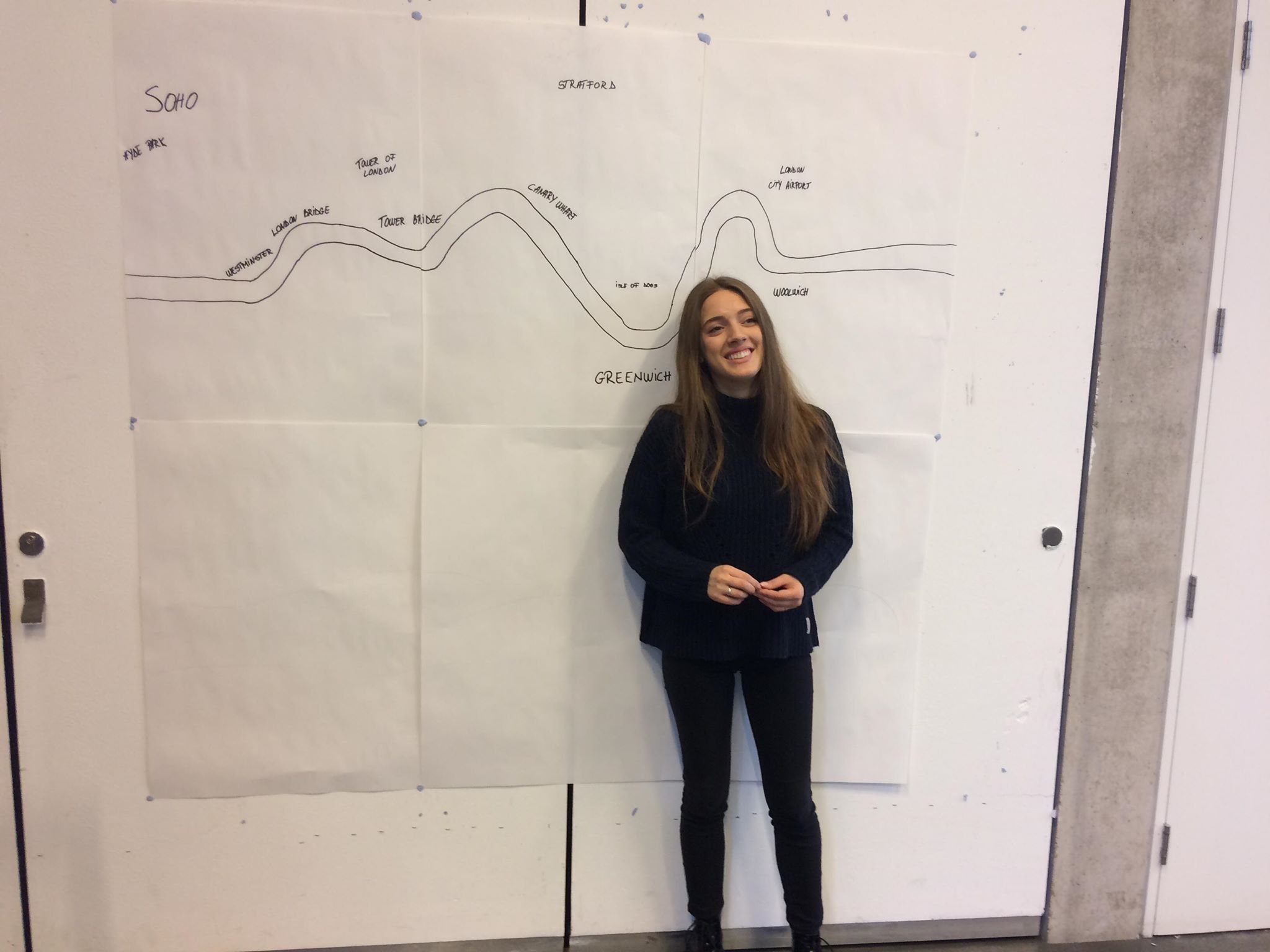
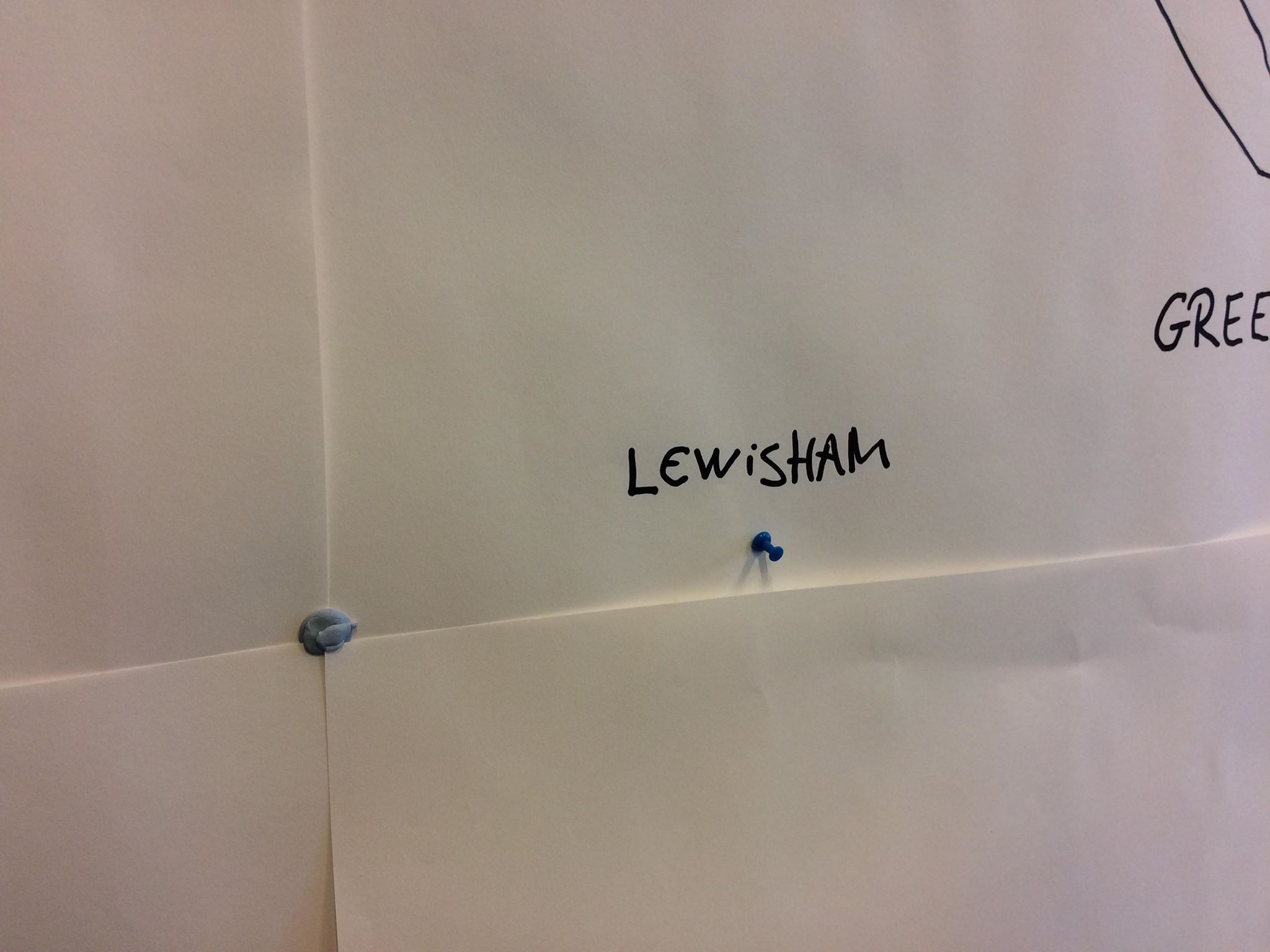
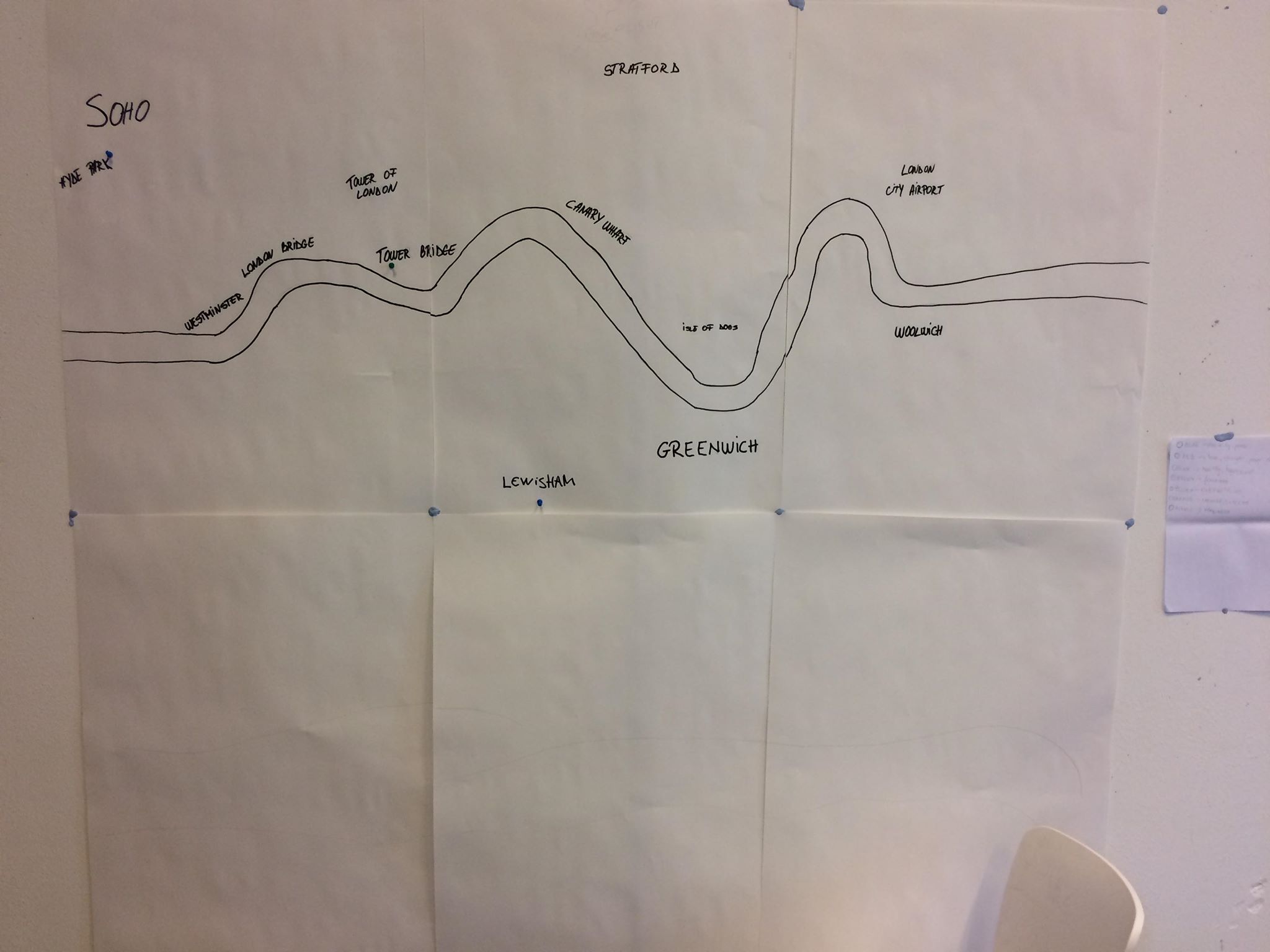

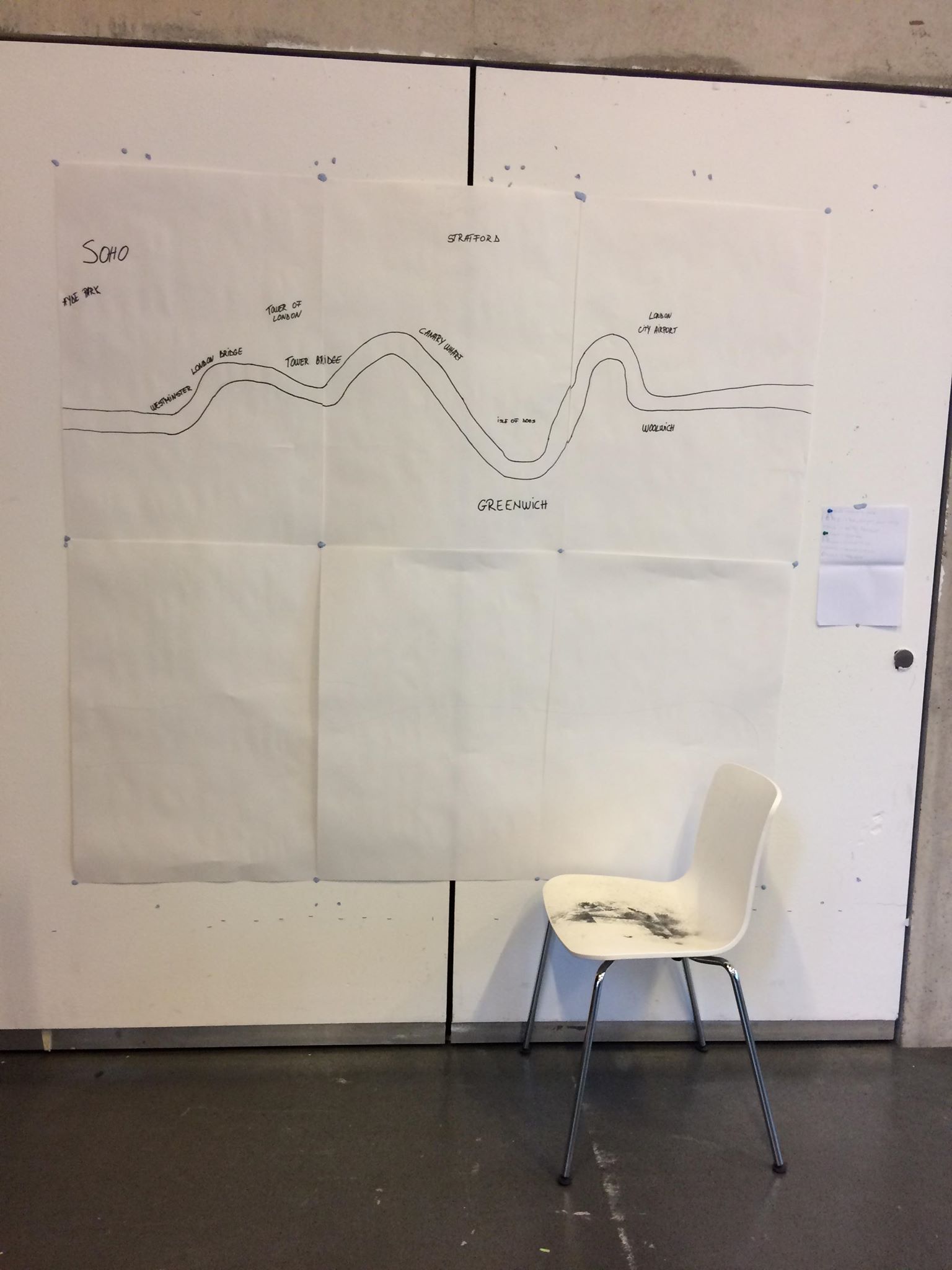
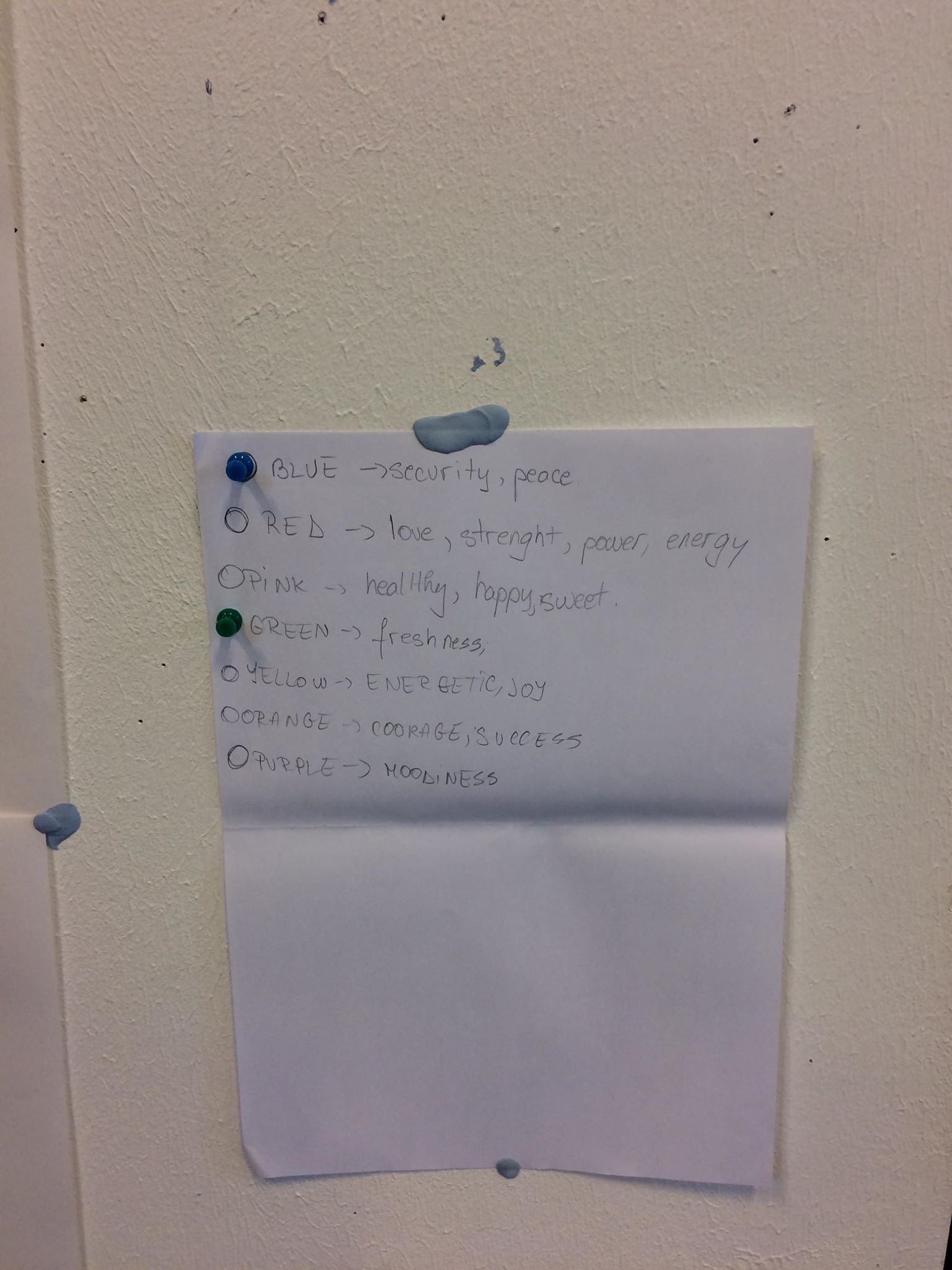
Our artistic statement:
Looking for a way to read the city, we created work that deals with the documentation of feelings and emotions through visual presentation. By studying psychogeography and the study of color meaning we created an interactive piece, that aims to understand how different locations in the city have an effect on people's emotions. The piece "London feelings" responds to the surrounding environment and uses daily experiences from the audience to draw on a better understanding of the city. We focused on the notion of 'the public space' and an understanding of the city emotion that can only be understood through an interactive installation. With the Theory of Derive in mind, we wanted the audience to experience a playful-constructive behavior and become aware of their psychogeographic experiences in the city that they might not have been aware of before. We wanted the audience to expose their bare feelings about the city without holding back. We wanted emotions to become images and the images to become language. Language that speaks about the city in a way that has not been spoken before. The basic structure was meant to seem incomplete, the audience was going to be the final artist of the piece that we created.
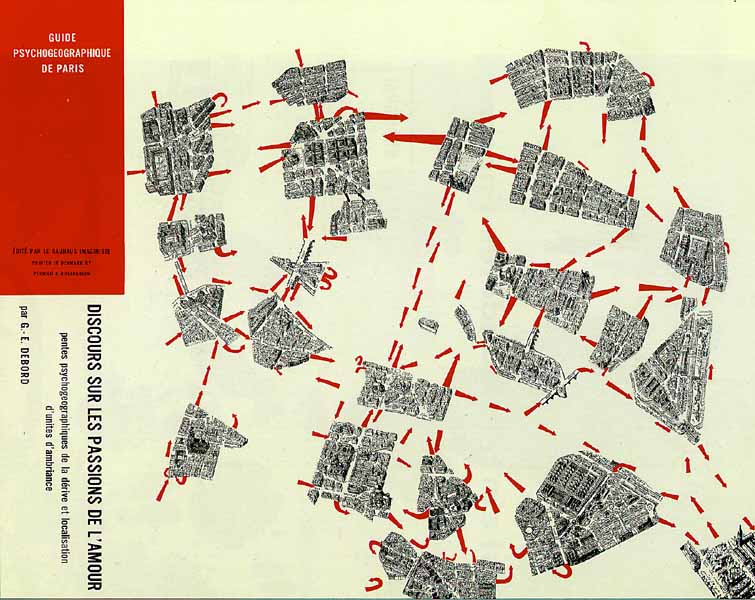
References:
https://www.geog.leeds.ac.uk/people/a.evans/psychogeog.html
http://imaginarymuseum.org/LPG/Mapsitu1.htm
http://imaginarymuseum.org/LPG/TALPflw1.htm#an%20interactive%20installation%20by%20Tjebbe%20van%20Tijen
http://asketchofparis.blogspot.co.uk/2012/06/summary-of-guy-debord-theory-of-derive.html
http://www.bopsecrets.org/SI/2.derive.htm
https://www.tnooz.com/article/happy-maps-yahoo-labs/
http://asketchofparis.blogspot.co.uk/2012/06/summary-of-guy-debord-theory-of-derive.html
https://www.creativebloq.com/web-design/12-colours-and-emotions-they-evoke-61515112
https://corinacaduff.ch/wp-content/uploads/2011/06/Artistic-Research1.pdf
http://carolegray.net/Papers%20PDFs/cc.pdf
https://www.ncrm.ac.uk/news/show.php?article=5465
https://www.sensepublishers.com/media/2174-a-practical-guide-to-arts-related-research.pdf
Readings:
'The most radical gesture: The Situationist International in a postmodern age' by Sadie Plant and published by Routledge
"...The situationists' desire to become psychogeographers, with an understanding of the 'precise laws and specific effects of the geographical environment, consciously organized or not, on the emotions and behaviour of individuals', was intended to cultivate an awareness of the ways in which everyday life is presently conditioned and controlled, the ways in which this manipulation can be exposed and subverted, and the possibilities for chosen forms of constructed situations in the post-spectacular world. Only an awareness of the influences of the existing environment can encourage the critique of the present conditions of daily life, and yet it is precisely this concern with the environment which we live which is ignored."
How it inspired our project:
This is precisely what we wanted to understand and convey through our project. What are the effects of the geographical environments on people's emotions? Is there a pattern? Are the geographical environments our main causes for experiencing certain feelings? Or is it purely individual? This would be found out through examining the patterns after the show.
Research question:
WHAT EMOTIONS ARE BROUGHT UP BY LOCATIONS DEPENDING ON PEOPLE'S OWN EXPERIENCES?
Drifting with The Situationist International, Author Unknown, from Smile #5
An example of a situation-creating technique is the dérive. The dérive is the first step toward an urban praxis. It is a stroll through the city by several people who are out to understand the "psychogeographical articulation of the modern city". The strollers attempt an interpretive reading of the city, an architectural understanding. They look at the city as a special instance of repressed desires. At the same time, they engage in "playful reconstructive behavior". Together they turn the city around. They see in the city unifying and empowering possibilities in place of the present fragmentation and pacification. This "turning around" or détournment is a key strategic concept of the Situationists. Détournment is a dialectical tool. It is an "insurrectional style" by which a past form is used to show its own inherent untruth-- an untruth masked by ideology. It can be applied to billboards, to written texts, to films, to cartoons, etc., as well as to city spaces. Marx used it when he "turned Hegel on his head." He used the dialectic in the study of history to expose the ideological nature of Hegel's idealism. The Situationists use détournment to demonstrate the scandalous poverty of everyday life despite the plenty of commodities. They attempted to demonstrate the contrast between what life presently is and what it could be. They wanted to rupture the spell of the ideology of our commodified consumer society so that our repressed desires of a more authentic nature could come forward. The situation is based on liberated desires rather than alienated ones. What these desires are cannot be stated a priori. They will emerge in the revolutionary process of situation-creation, of détournment. Presumably, communality, unification, and public urban space will emerge as more desirable than commodification, fragmentation, and privatization.
How it inspired our project:
"Détournment is a dialectical tool. It is an "insurrectional style" by which a past form is used to show its own inherent untruth-- an untruth masked by ideology. It can be applied to billboards, to written texts, to films, to cartoons, etc., as well as to city spaces. " However we wanted to show the truth about London and its city spaces. We wanted to explore that maybe despite the fact that it is called one of the greatest cities in the world, and that some locations are famous worldwide and dream destinations, maybe they bring up not so positive emotions? Maybe an unpopular location brings up a lot of positive emotions? What does London make its inhabitants feel? Would yellow (joyful) colour be predominant or red (angry)? "The situation is based on liberated desires rather than alienated ones." We want people to be honest and share their emotions as they are, maybe emotions that they haven't thought of before that.
10TH OF MAY- THE DAY BEFORE THE EXHIBITION
We started this day by sticking the map to the A2 boards; we used 4 of them as we had an A0 poster. After talking to the course reps and everyone in charge of it they said that the maximum size that the poster should have is A1 so we had to go and print the map again on A1 paper this time and we did the same thing with this as we did previously. Also, we created the mood chart and printed it so we can put it next to our poster. We are currenly waiting for someone to come help us put it on the wall so we can set everything up.
HOW TO USE THE INSTALLATION:
Look at the map of Greater London and think of the times you have visited any of these locations.
Think of a particular time that you visited the locations. Think of how you felt. Think of what emotion you were feeling.
Look at the Emotions color chart. Select the colored pin that responds to your feeling and pin it on the location that you thought of. You can do this as many times as you want with as many places as you like.
In case you want to share more, you can take a piece of paper and write (anonymously or not) what the experience was, or why you felt this way and pin it along with the colored pin.
We appreciate your participation!
Happy Maps by Daniele Quercia:
Daniele Quercia paints a familiar picture in his TED talk, Happy Maps. So many of us take the same route to work every day, possibly using maps on our smartphones, without really stopping to think whether a better route exists, a more beautiful route, even a happier route. Quercia points out that with his background as a scientist and engineer his focus has so often been on finding efficiency just as mapping apps give us one simple, short route to our destination.
But after taking a detour on his bicycle one day Quercia found a beautiful, quiet route that only took him a minute or two longer than his usual, busy, grey route. At the TED event in Berlin Quercia said that after this experience he became fascinated with the ways in which people can enjoy a city and started to use computer science tools to replicate social science. He says: ‘I became captivated by the beauty and genius of traditional social science experiments done by Jane Jacobs, Stanley Milgram, Kevin Lynch. The result of that research has been the creation of new maps, maps where you don’t only find the shortest path… but also the most enjoyable path.’
To create these maps Quercia created a crowdsourcing platform game and presented thousands of online participants with two contrasting urban scenes and asked them to choose which one was more quiet, beautiful or happy. Quercia later started working for Yahoo Labs and speaks about the development of these Happy Maps, with the potential to create a mapping tool that would return the most enjoyable routes based not only on aesthetics but also based on smell, sound, and memories.
Quercia ends his talk by challenging the audience to confront some of their daily habits, concluding: ‘If you think that adventure is dangerous, try routine. It’s deadly.'
How it inspired our project: The interactive map that we are creating aims to show that certain places wake up emotions in us. It aims to show that maybe somebody took a certain route and that is why the feeling that they are pinning on the board emerged at that location. Maybe they decided to take a leafier sunnier route to the location and that's why they felt happy. Or maybe they took a different route than usual and witnessed something that makes them sad. It aims to show that maybe certain locations and routes wake up emotions in us, the way Happy Maps wants to show that people can feel happier if they take certain routes on their journey.
FINAL EXHIBITION PROJECT
LONDON FEELINGS
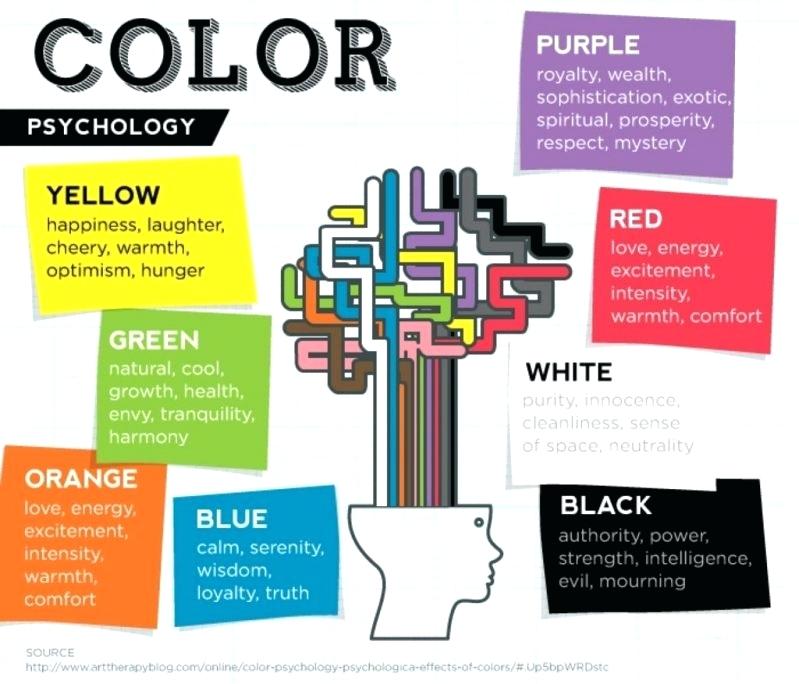
Initial plan:
Metalic magnetic board size A0
A simple map of London drawn with black ink
Magnetic colorful pins
Altered design plan:
We received an email from the course leader that we should instead use a foam board. We, therefore, purchased foam boards 4xA2 which will tile to create A0 format, as there were no A0 foam boards that could be delivered without being damaged.
Due to the nature of the material (foam), we decided to print instead of drawing and attach it to the foam boards.
We printed a simple black and white map of London. We did not want an overwhelmingly detailed map, with funky fonts or anything like that as we wanted the colorus of the emotion wheel to be the thing that stands out the most. We decided on black and white as the colours will contrast well with it.
We purchased regular pins instead of magnetic ones that can be easily put on the foam board.
We printed on premium glossy photo paper to achieve the closest effect to the desired one.
Initially, we wanted to print on acetate paper, however, unfortunately, the cost of this was out of our budget and we could not afford it. Premium glossy photo paper was the closest thing to it within our budget range.
We purchased a box to store the colourful pins in as well as one for the paper tags that people can use if they want to add a story to their pins.
DESCRIPTION OF THE PROJECT:
The title of our project is London Feelings and it consists of an interactive map where people can express their feelings by pinning a coloured pin on it. Different colours, different meanings so that is why we created a colour chart that has 6 colours on it, each one of them paired up with their representative words. The audience is going to look at the chart and think of a place in London and then think of how that place makes them feel such as angry, happy, serene, etc. and then pin that on the map. We provided some tags where the audience can share their experience as well and they can be anonymous or not.
Through this process we wanted to explore if there are some certain areas in London which bring up the same feelings. We mainly focused on Guy Debord’s theory – Theory of Derive which was also the biggest inspiration behind our project. The project itself attracts various questions to it such as: What sort of effect does geography have on people’s feelings and emotions? Is there something to do with the place itself or does it have to do with the individuals’ own experience? That are just a few things we are trying to find out after people finished participating.
REFLECTION:
I think London Feelings is a successful piece of work and I think the idea of a psycogeographic map made it so interactive. Being part of a group helped the process of the project because it was really easy to manage to find time to do all the things we had planned as being in a bigger group might create these sort of difficulties.
There were some difficulties that we had faced during this process. One of them is that our initial plan included an A0 poster but whilst preparing to put it up the wall we were made aware of the fact that the maximum size that we should all have is A1 so we had to re-size our poster and do it all over again. The result is not looking how we wanted it to look but after hearing other peoples’ opinions about the re-sized poster we learned that it looks better, it is more accessible and it became easier for people to pin it. The other problem that we had was that we could not find any metallic magnetic boards as we would have wanted so the poster could have looked better.
After putting up the work on the wall people came and looked at it and they really interested on what it is about, how does it work, how did we come up with the idea and that is what we wanted from the beginning – for people to interact with the map. I think using a better quality paper or using a metallic board on which the map would be drawn with black ink would have look better and they would make it even more pleasant visually speaking.
Overall, the project made me learn about psycogeography, feelings and colours in a way I never knew it was possible. It also improved my time management skills as we had a limited amount of time to do every task. I think it is a successful project and I hope the audience enjoys it as much as we enjoyed creating it.
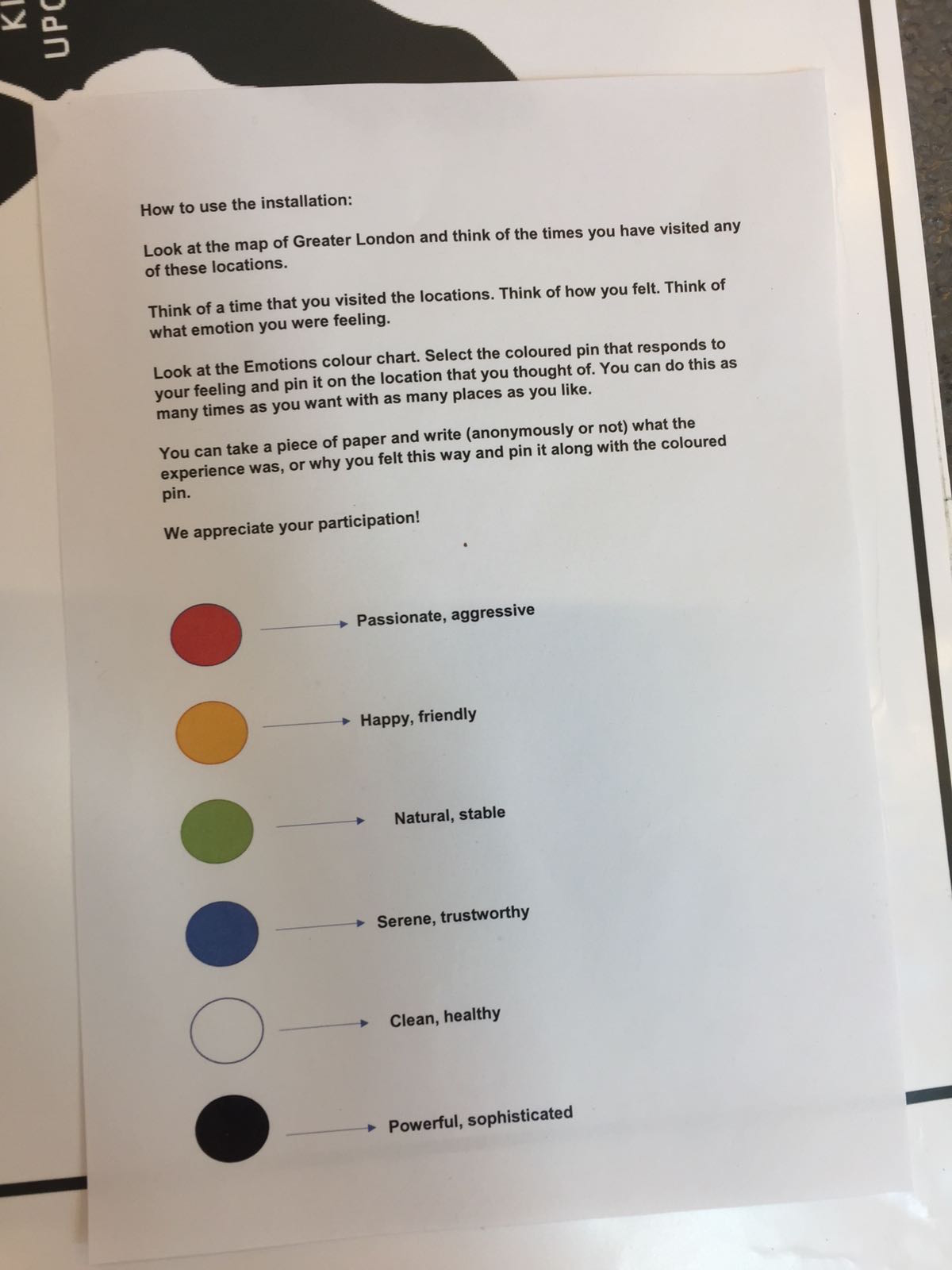
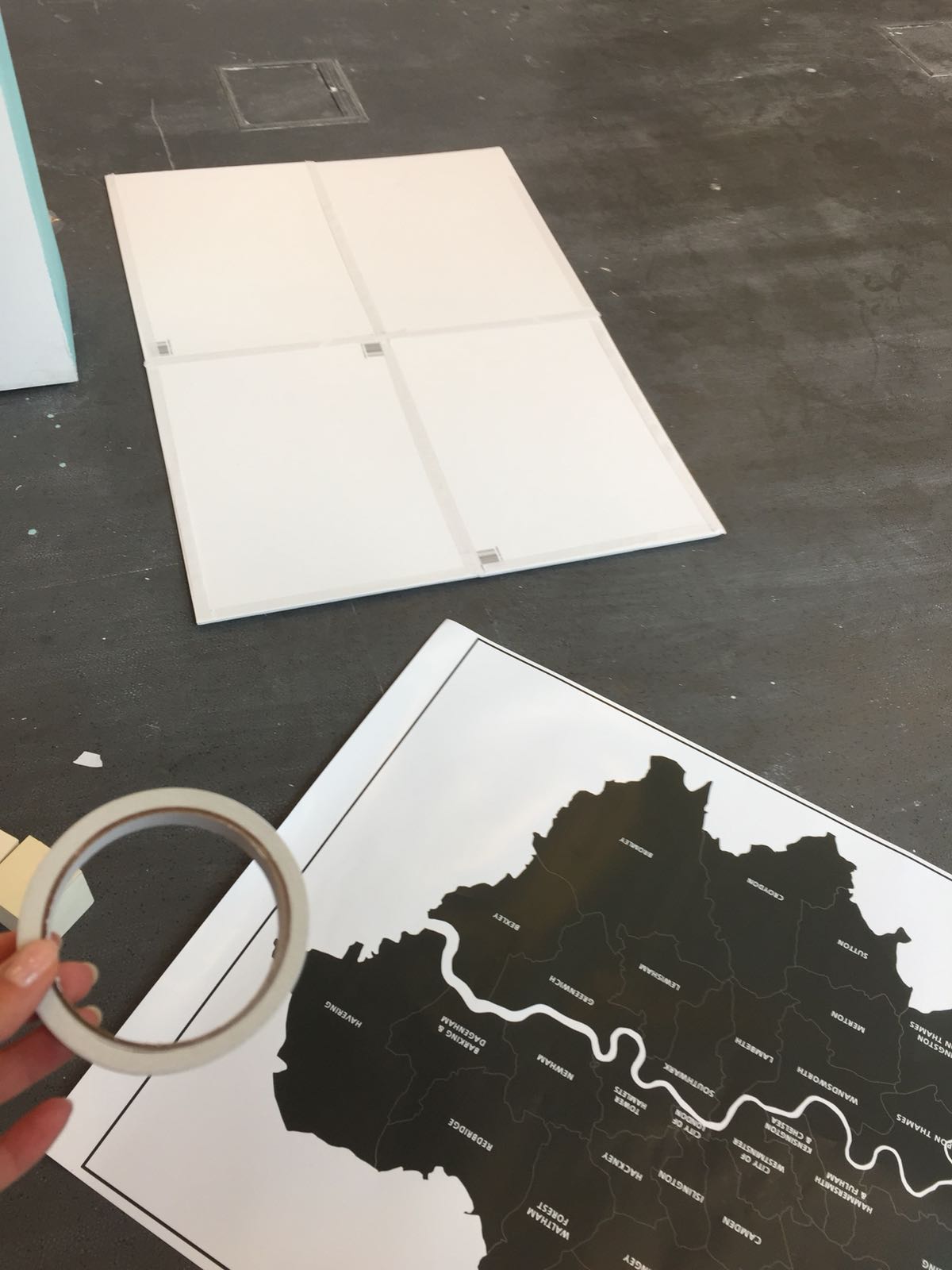
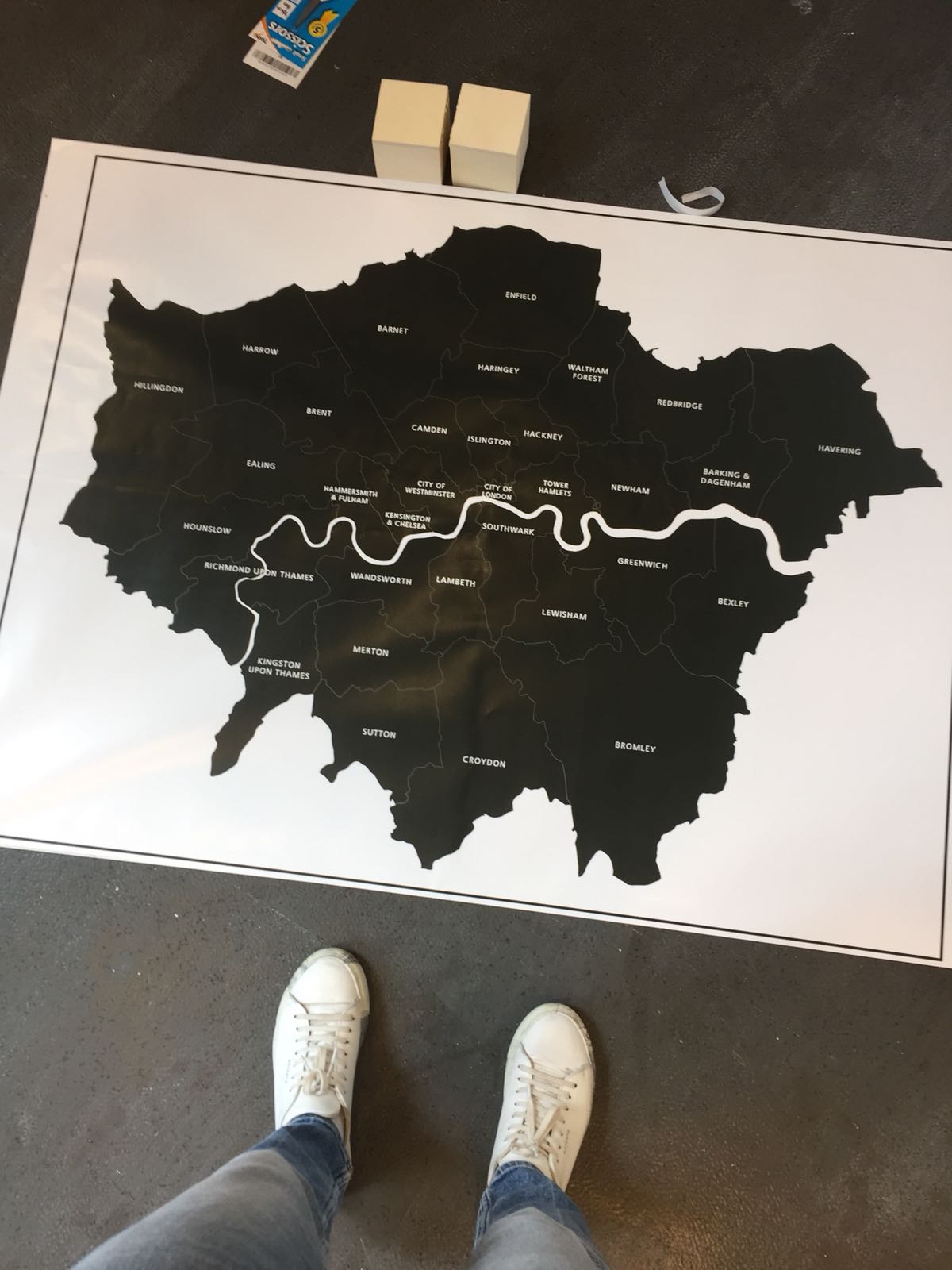
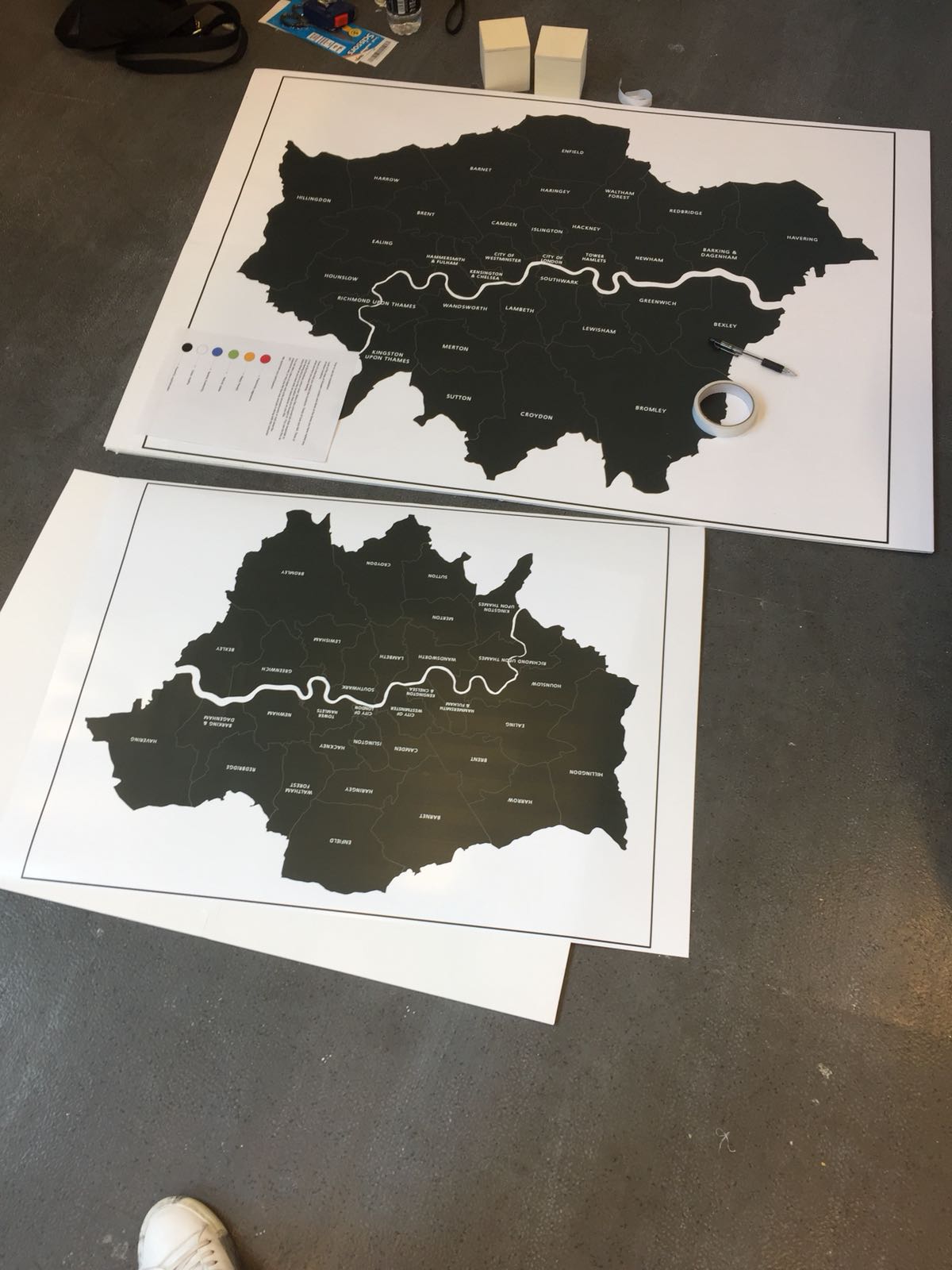
THE FINAL RESULT